Aug 25, 2022
This is a continuation of my stories about Borneo. My friend Ruthi and I traveled to Borneo with Natural Habitat Adventures (https://www.nathab.com; @NaturalHabitatAdventures) in August of 2022. Our expedition leaders were Harsha Jayaramaiah (@walk_with_sufi; @kaadupapa) and Bedley Asun (@BedleyAsun) and we could not have asked for better guides. I hope you already read the posts about the orangutans and the Proboscis monkeys. Here is my story about the Bornean Sun Bears.
Kabili-Sepilok Forest Reserve
Early that morning we flew from the Kuching area to Sandakan, Sabah with our final destination being the Kabili-Sepilok Forest Reserve where we would stay for two nights at the beautiful Sepilok Nature Resort. The first day was spent at the Sepilok Orangutan Rehabilitation Center – which I already wrote about (please see that post).
The Bornean Sun Bear Conservation Center
We began the second day at the Bornean Sun Bear Conservation Center (BSBCC) (www.bsbcc.org.my) and were welcomed (selamat datang) by Dr. Wong Siew Te.
Dr. Wong is a wildlife biologist with a PhD from the University of Montana. He came to Borneo in 1998 and was one of the first to study sun bears, who are some of the least studied bears in the world. In 2008 he founded the conservation center, the only one of its kind in the world. Dr. Wong sees the BSBCC as a half-way house for confiscated and orphaned bears before they are released back into the wild. The aims of the BSBCC are to provide care and rehabilitation to rescued sun bears and to increase awareness about them around the world. Their mission statement is “to promote sun bear conservation in Borneo through animal welfare, conservation, rehabilitation, education and research – giving captured sun bears a better home and restoring their right to live in the wild, by creating the capacity to confiscate, rehabilitate and release suitable orphaned and ex-captive bears back into the wild, providing an improved long-term living environment for captive bears that cannot be released, educating the public and raising awareness about this species, achieving increased protection for sun bears and their habitat through ongoing research, increased knowledge and awareness, and further protection of habitat.” They BSBCC has many partners around the world, one of which is the San Diego Zoo.
The sun bear is very endangered. Because they are so cute, the cubs are often poached and sold as exotic pets and then held in small cages. Most of the bears at the BSBCC were once “pets.” The BSBCC uses holistic approaches to rehabilitate them with the hope of releasing them back into the wild. So far, 11 out of 67 rescued have been released.
Sun bears are mainly diurnal and do not hibernate. In the wild they build nests in trees to sleep in. But at the BSBCC they are kept in large cages at night to keep them safe and the six acres of the grounds are surrounded with fences.
The Bornean Sun Bear
So who is the Bornean Sun Bear? Many of you may never have heard of sun bears and most likely have never seen one. The first question to ask is, “Why are they called sun bears?” Keep reading for the answer.
The Bornean sun bear (Helarctos malayanus) is the smallest bear in the world, half the size of the Malaysian sun bear. They are true tropical bears and are the second rarest in the world, after the giant panda. They stand about 28 inches high and weigh between 55-140 pounds. Their fur can repel rain and their ears are very small which keeps them from filling up with rain water. They have a short snout. But their claws, relative to their size, are huge. Their claws have bones in them which means they grow with the bear, and the last digit is large and strong and can contract. They use their claws as a tool and to help them climb trees.
While they eat mostly fruit, they will eat anything. One of the things I noticed was that they have very long tongues. Their tongue can be up to a foot long which helps them extract honey from bee hives and insects from the trees.
- One long tongue
Because of this, they are sometimes called the honey bear (beruang madu). They also have very strong teeth – better to bite termites.
So why are they called sun bears?
The name comes from the pale horseshoe shape on their chest, which is said to resemble the setting or rising sun. No two markings are the same. The orange to cream colored chest patch really stands out against their black fur.
Why do sun bears matter?
The sun bear’s natural behavior helps ensure the health of the forest. They help disperse seeds and keep termite populations down, helping tropical tree species. They dig for invertebrates in the soil, which enhances the forest’s nutrient cycle through the mixing of rich and poor soil. And they create nesting sites for animals such as hornbills and flying squirrels, by tearing open tree trunks to reach the honey inside.
Our visit
After introductions were made all around, Dr. Wong taught us about the sun bears and walked us around the different exhibits that lined the staircase.
We made our way up wooden stairs to a wooden walkway high above the gound where the sun bears wander. There were one or two that were right below us eating fruit that had been left for them by the keepers. But others were hidden behind trees and leaves.
After watching them for a bit, our group crossed the street to go back to the Sepilok Orangutan Rehabilitation Center. I went along, but after a short while, Harsha asked if anyone one wanted to go back to the BSBCC. I was the only one who said yes, and so back across the street we went.
Climbing trees
And boy was I glad that I did. This time there were bears climbing trees. And they can climp 120 feet up! There was one in particular that I watched for a long time. He was having a grand old time eating something. I couldn’t tell what, but I could see that long tongue. (photos above).
After watching for quite a while, it was time to head out. But then, on the way out, there was another sun bear walking along the log on the ground. He sat down and started cleaning himself. First, he licked all parts of his body. Then he used his claw to either scratch or comb his fur. I couldn’t tell which. And he did this over and over again. And then he got up and walked away.
After watching him for a while we headed out again. This time there was a bear just lying on the platform. I was so excited and happy that I had come back to see all this.
Birds and lizards
While I was watching the bear in the tree, Harsha quietly whispered, “Turn around.” I did and saw this magnificent bird, a White-crowned Shama. And as we walked out of the BSBCC there was a lizard in the tree. And a winged insect on the ground.
Sepilok Nature Resort
Just a few words and pictures from the Sepilok Nature Resort. The entrance to the resort is all wood in the midst of the forest. For some reason, there is a statue of a rhino there.
You walk up some steps and find yourself standing at the foot of a beautiful lake.
- With Linda
The whole resort is in the midst of what feels like a forest of tropical plants and grasses, trees and orchids everywhere, alongside many other blooming flowers. And butterflies. And all sort of insects (I’m just showing you the leaf insect). And birds – but the birds will come in another post.
Each room is a bungalow, all wood, with a hammock on the balcony, and the strangest key that I had a hard time figuring out.
We had both breakfast and dinner here, on their outside patio by the lake. The food was good, but the kitchen staff had a hard time with the timing of our food (although we were not that large). So we would pre-order breakfast the night before and preorder dinner during breakfast. That worked out well.
We did have opportunities to walk around the grounds. One morning, Michael, my new friend, saw an orangutan on the roof of one of the bungalows. Wish I had seen that!
And although we drove to see the Orangutan Rehab Center and the Sun Bear Conservation Center, they were walking distance from the resort.
Final thoughts about Sun Bears
I had seen a sun bear before as they are found in most zoos. But to see them in the wild, even in a fenced-in enclosure, was inspiring. I guess I feel that about all animals I see in the wild. I feel so lucky to have been able to experience these beautiful bears.
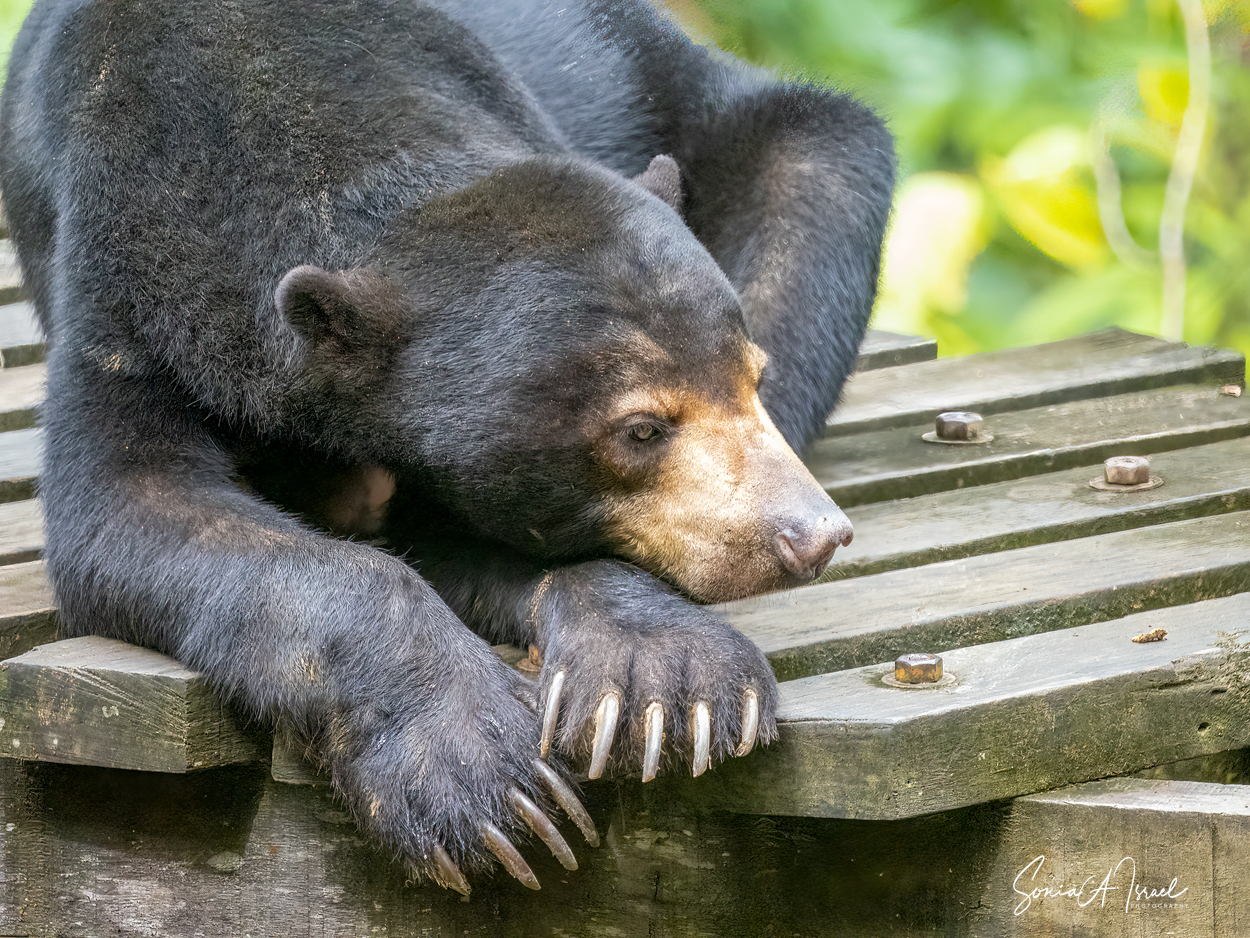

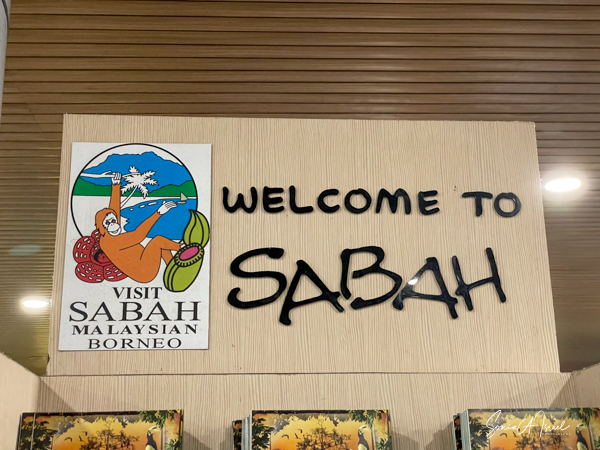

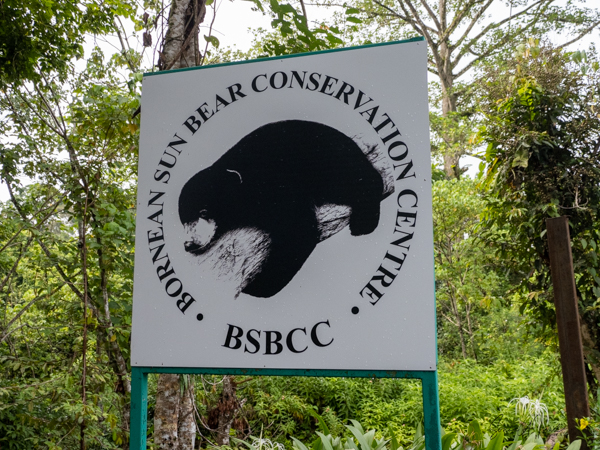
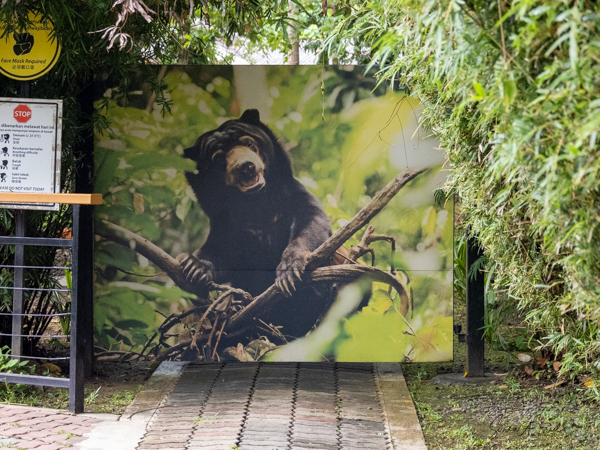
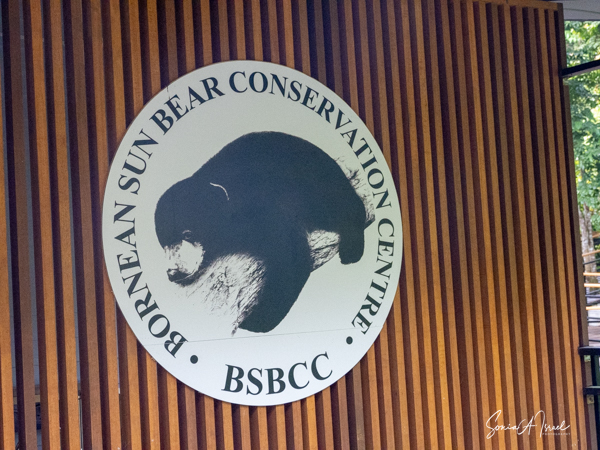
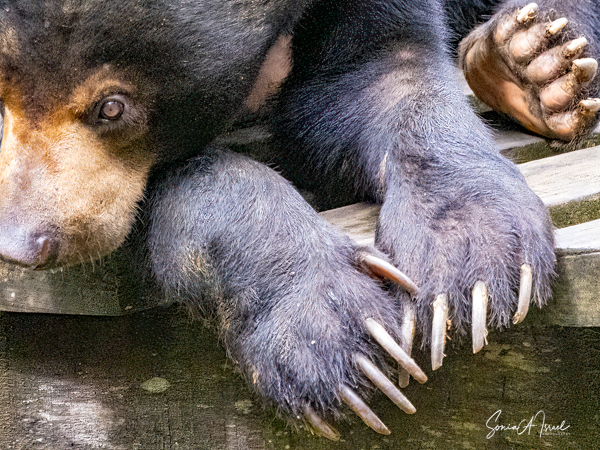
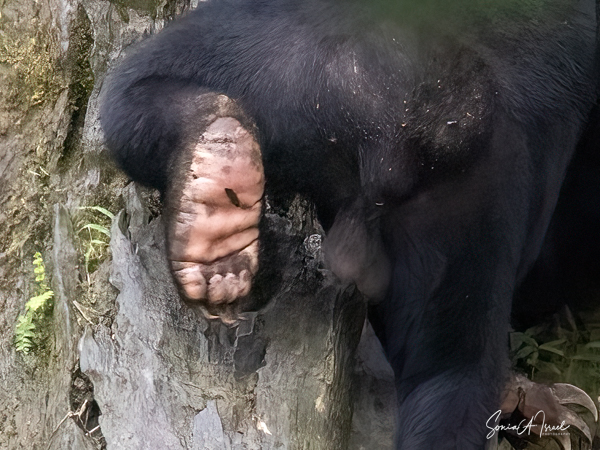
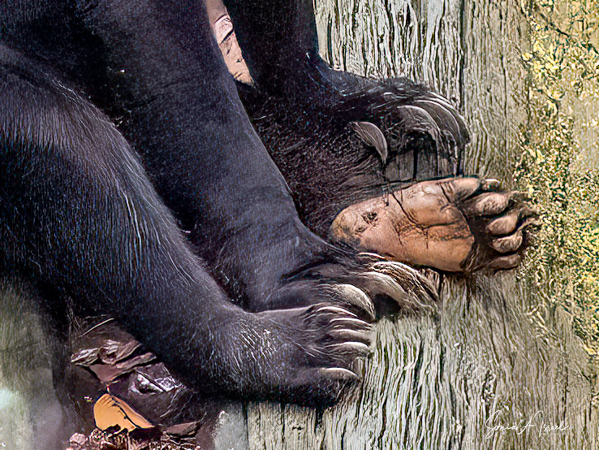
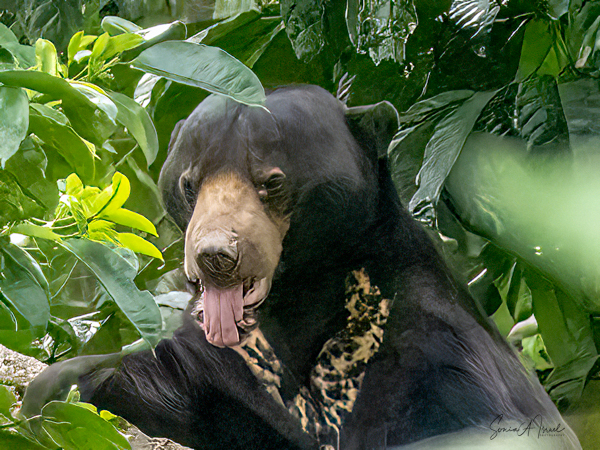
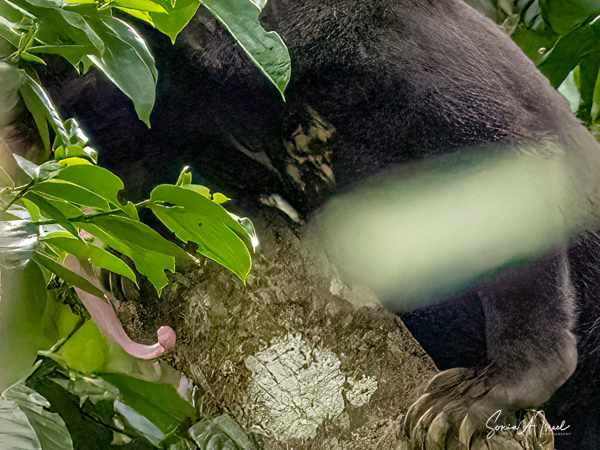
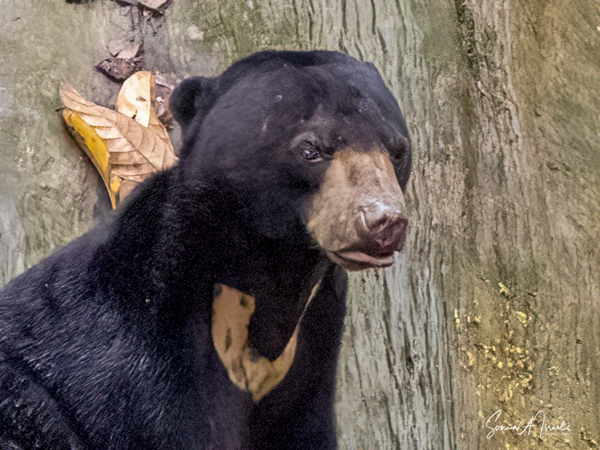
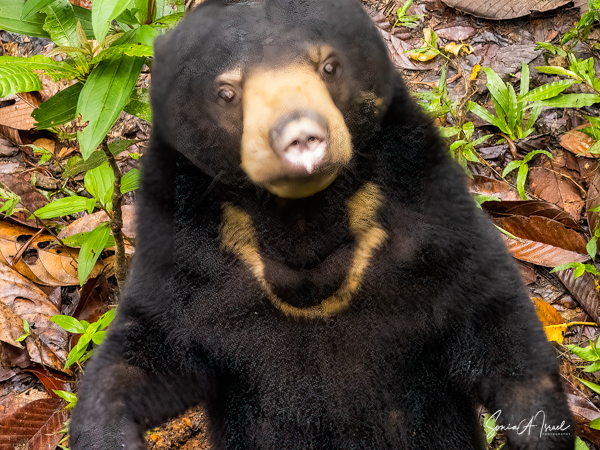
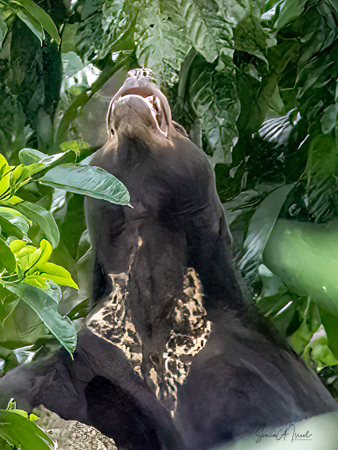
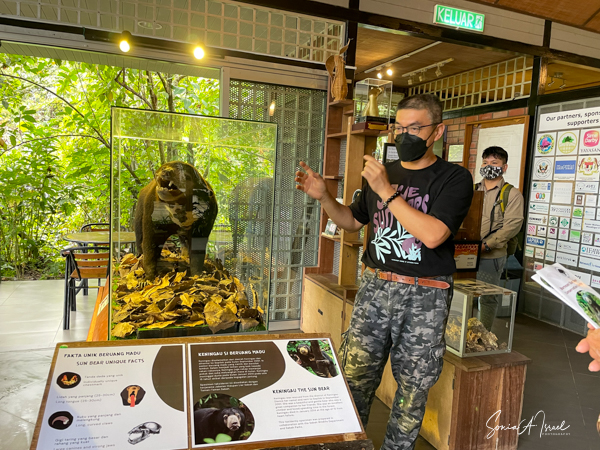
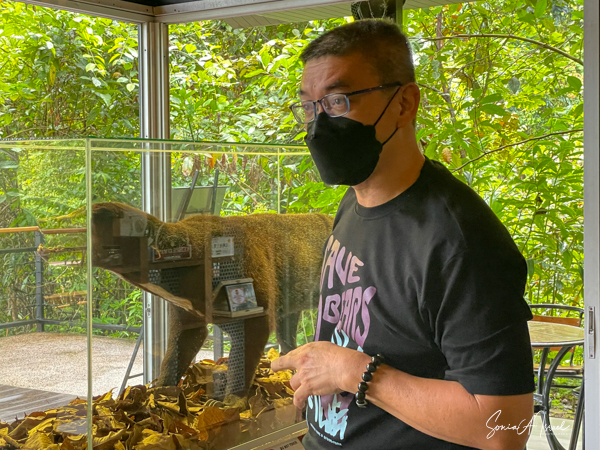

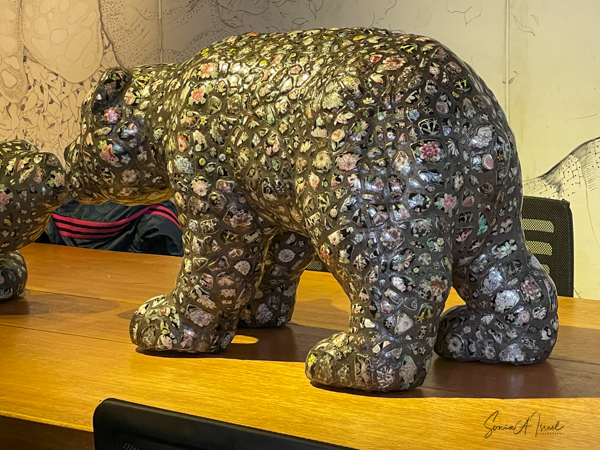
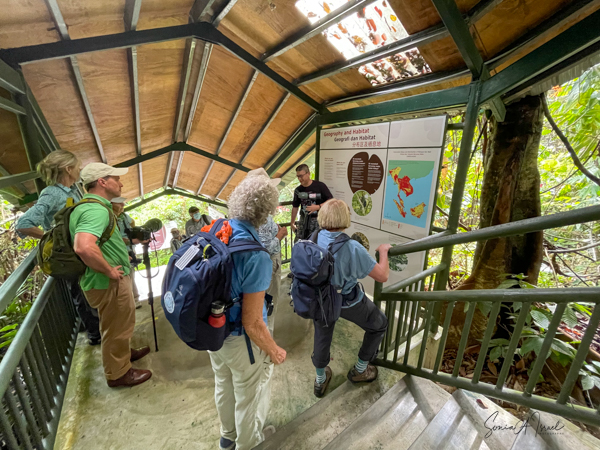
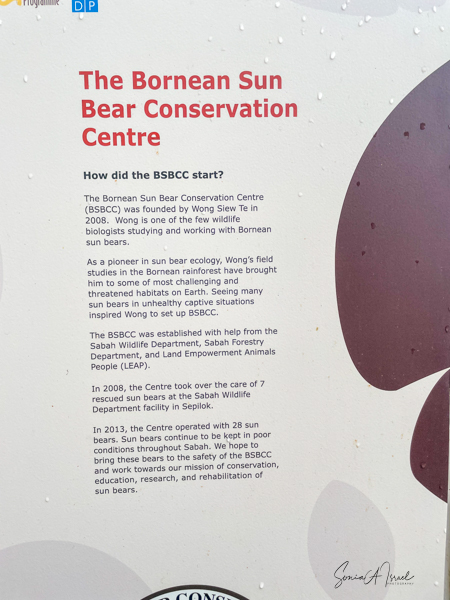
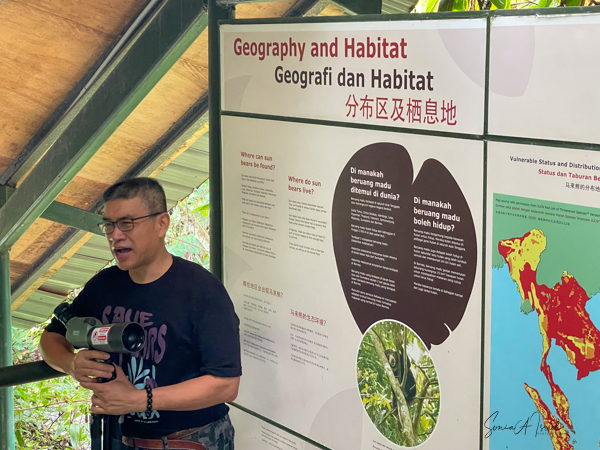
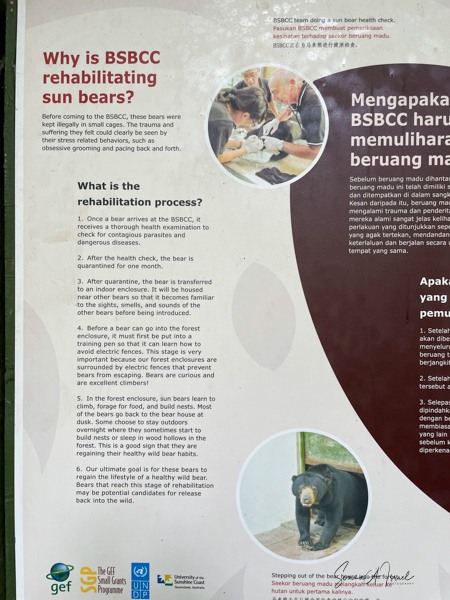
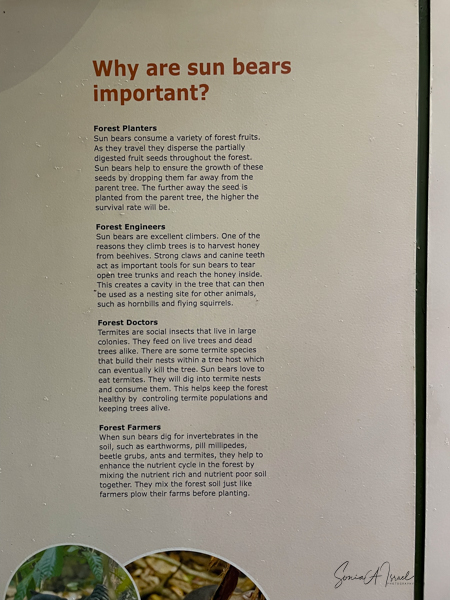
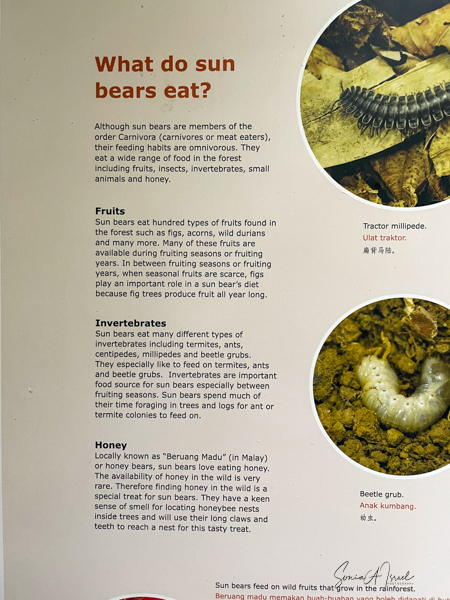
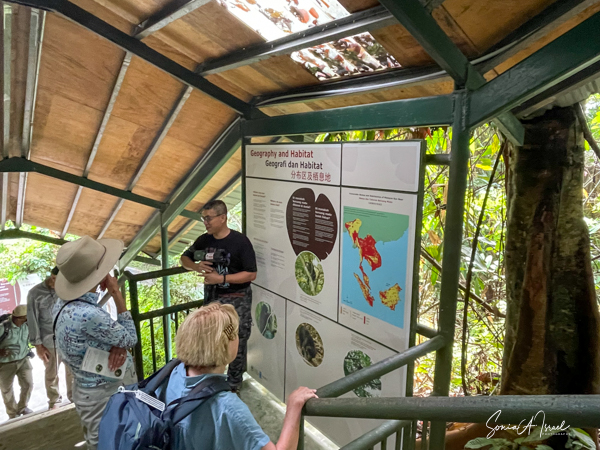
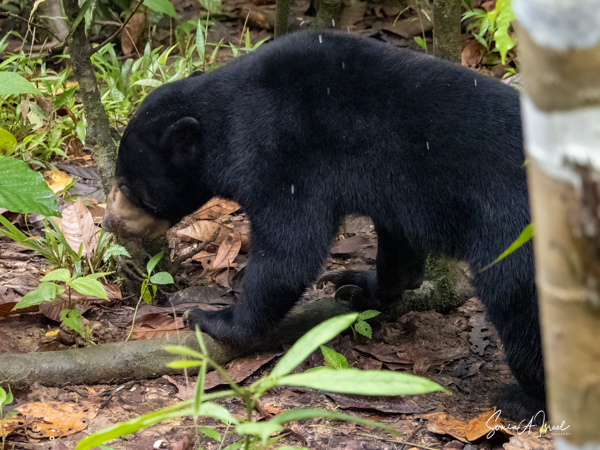
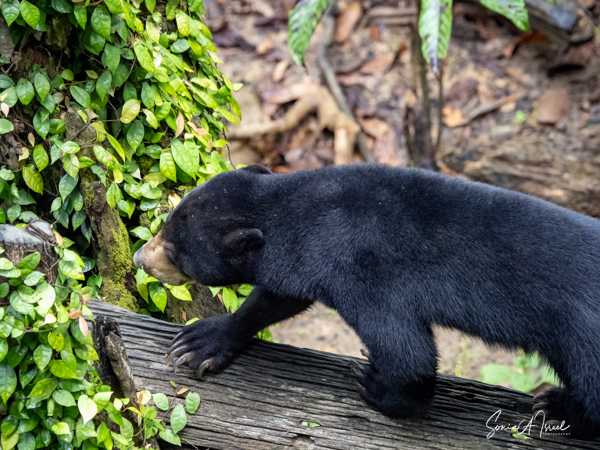
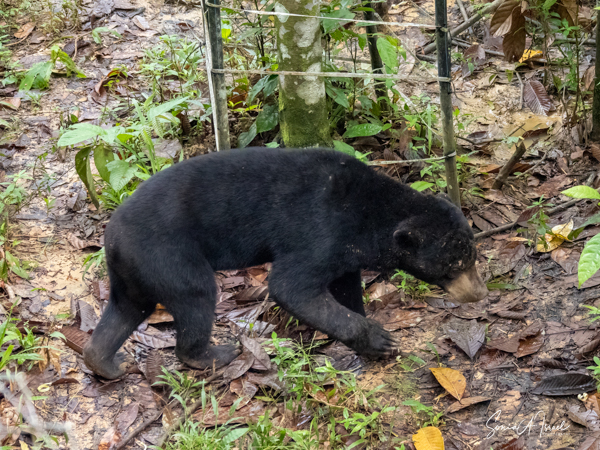

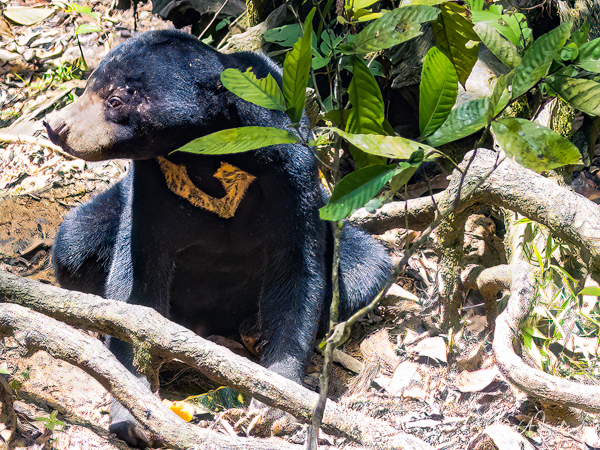
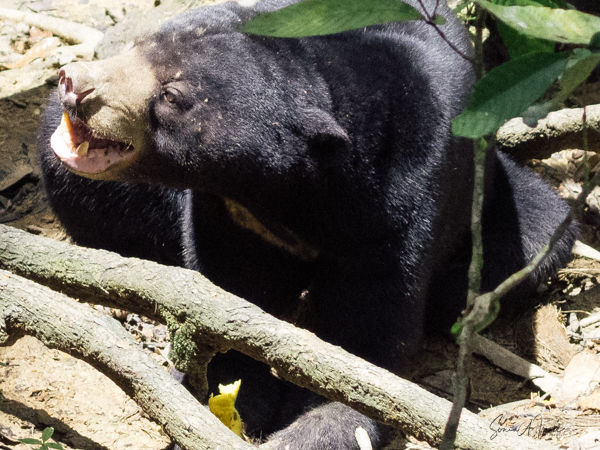
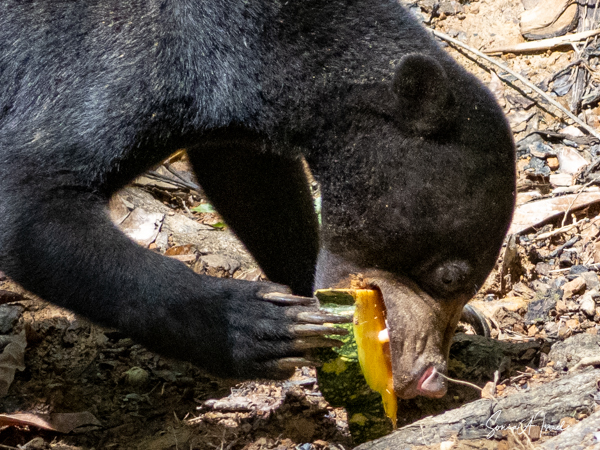
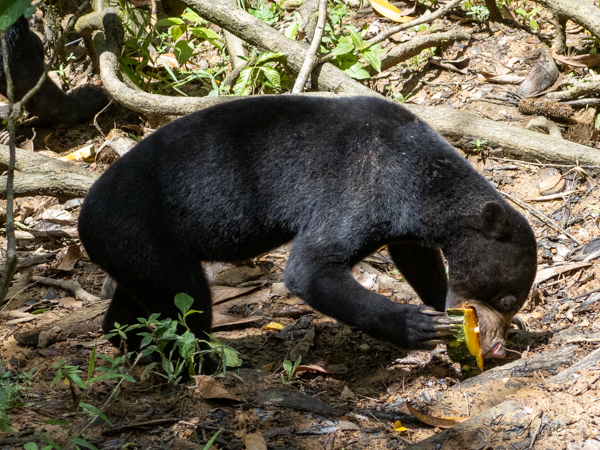
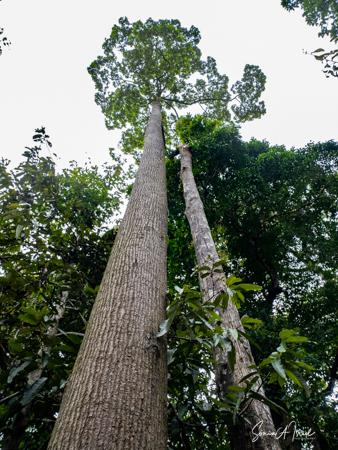
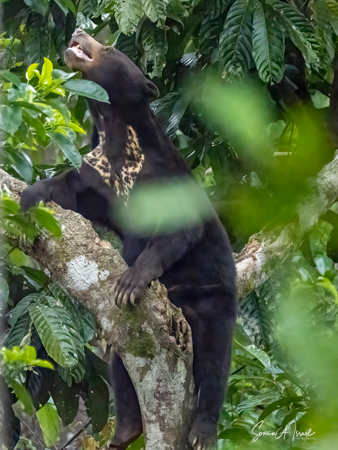
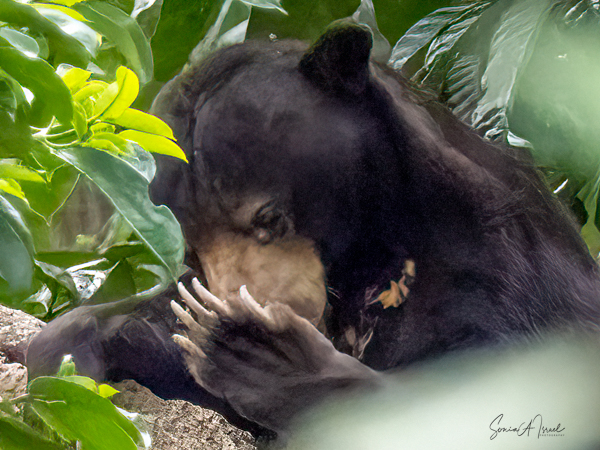
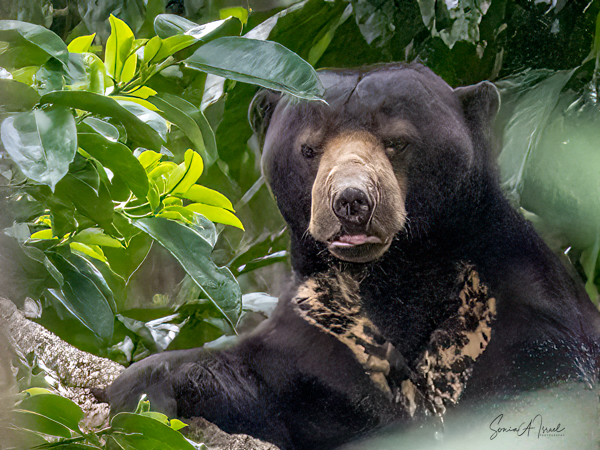
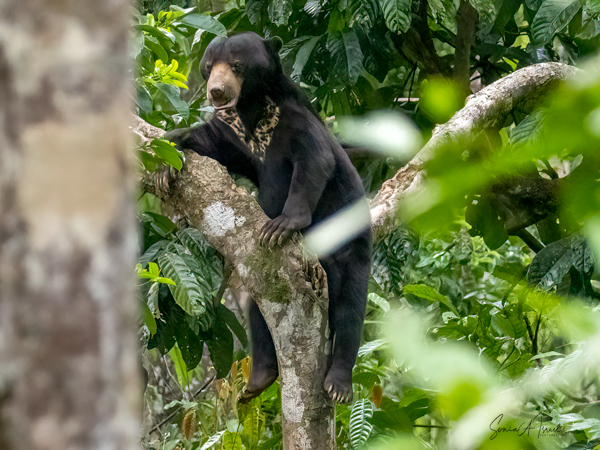
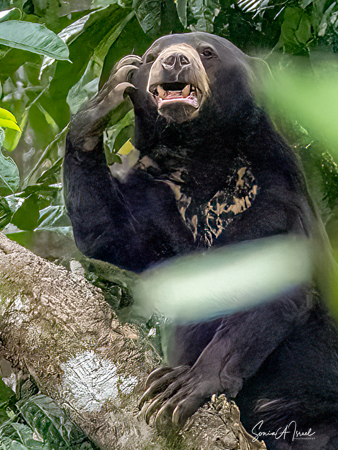
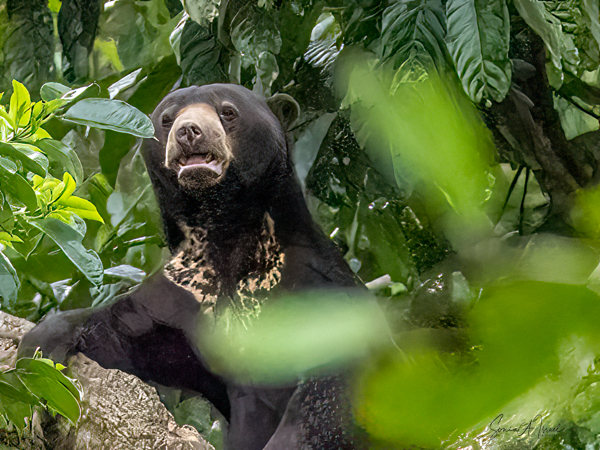
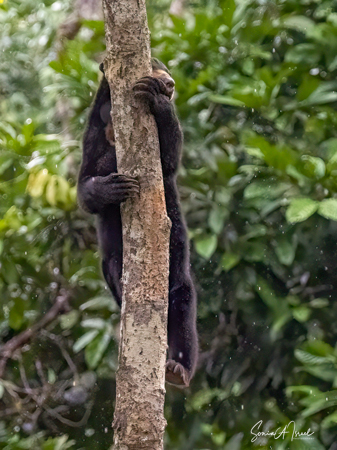
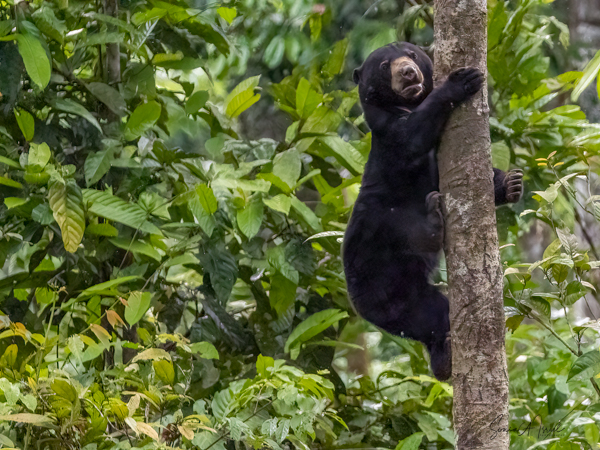
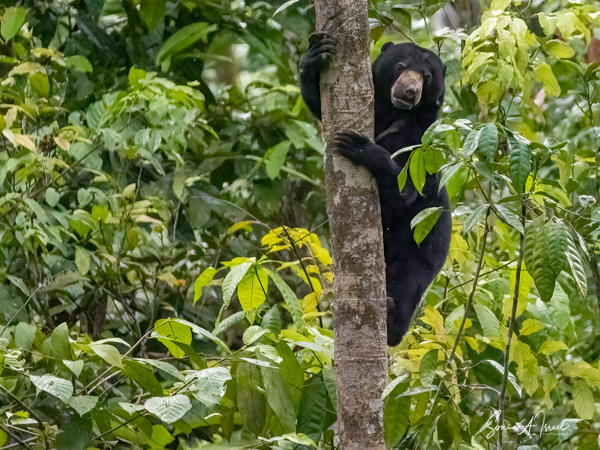
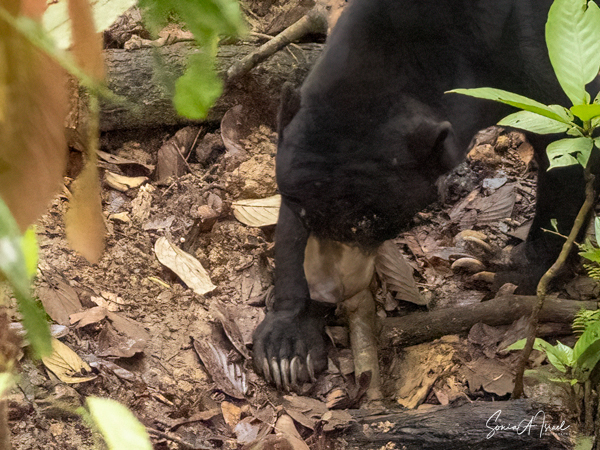
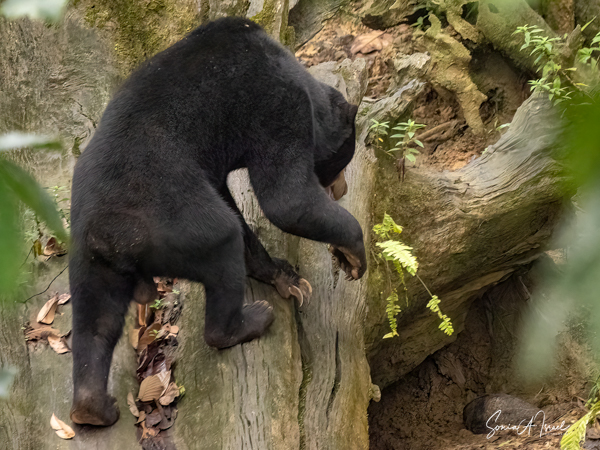
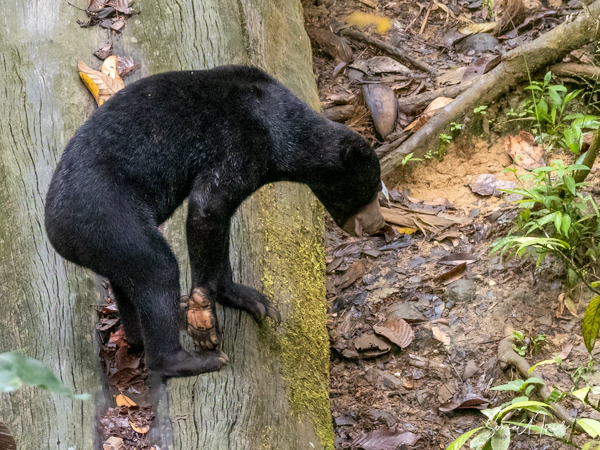
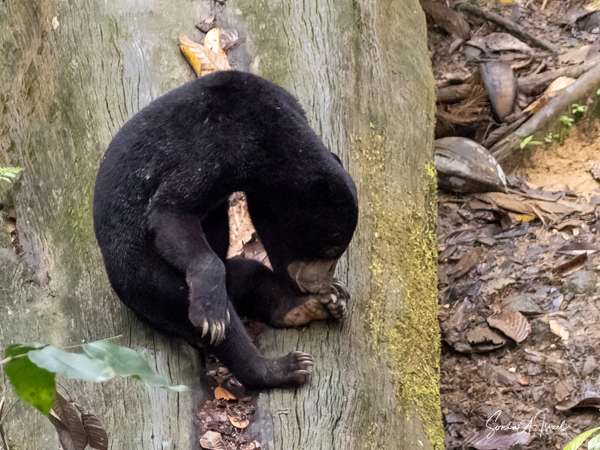
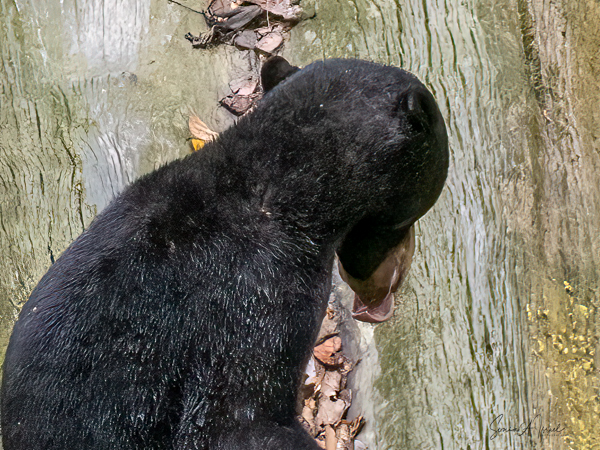
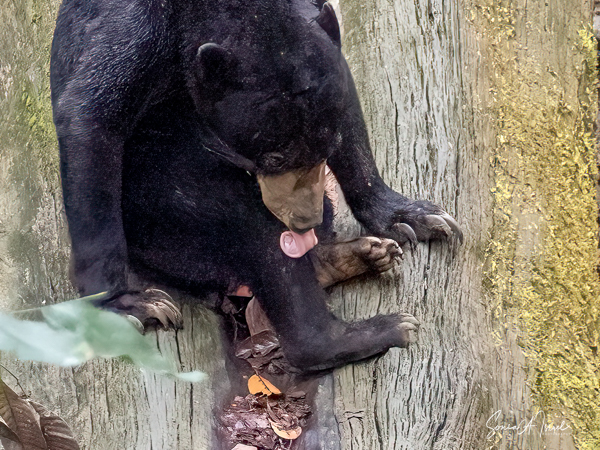
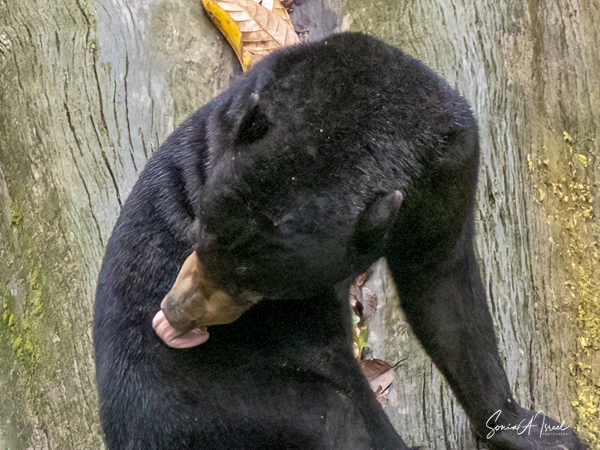
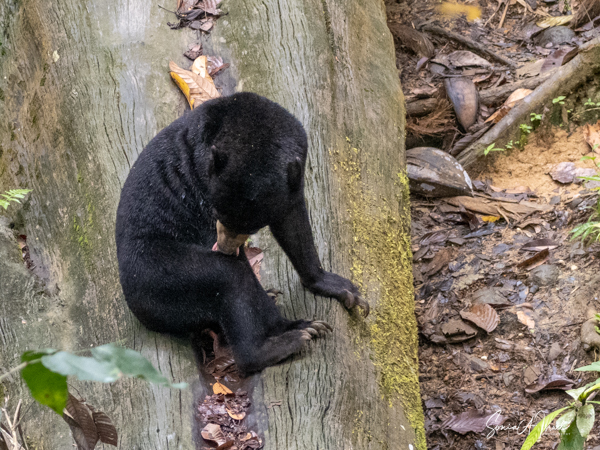
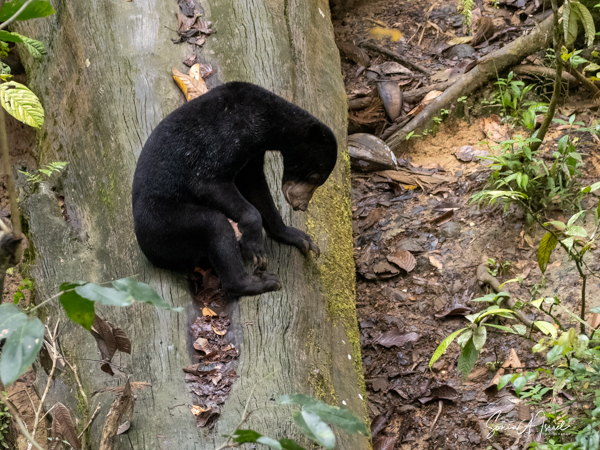
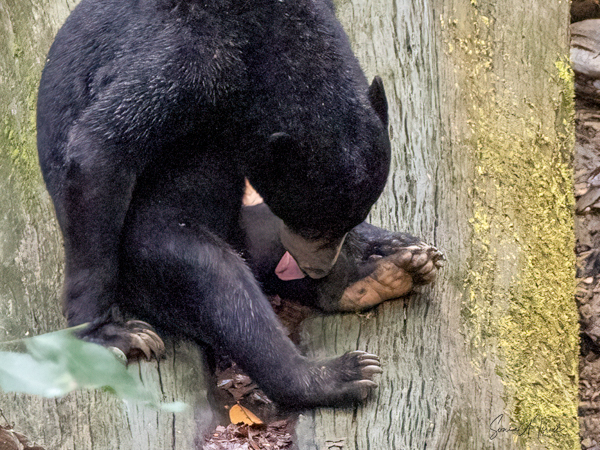
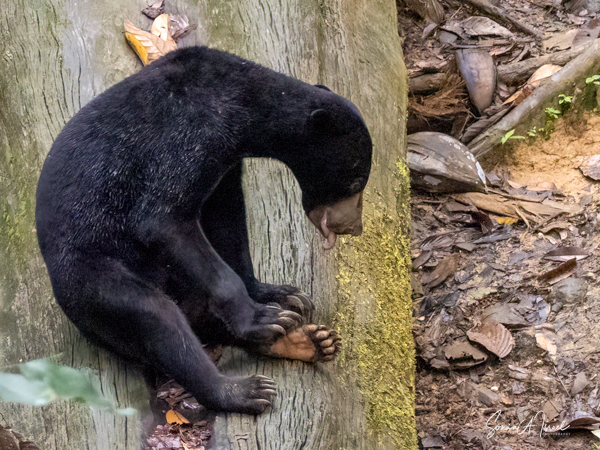
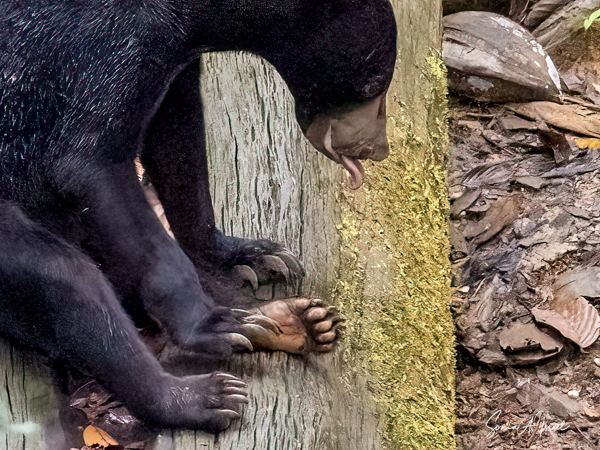
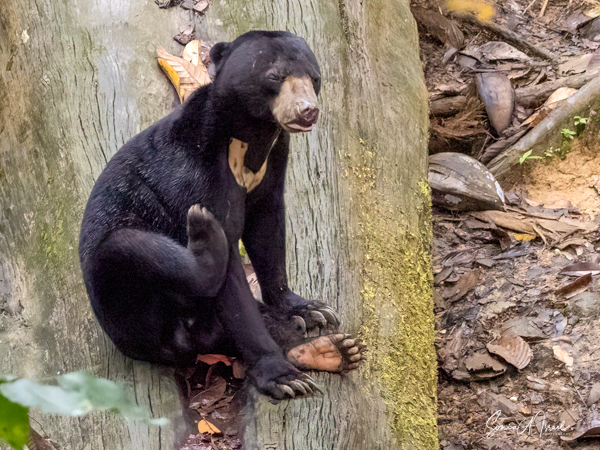
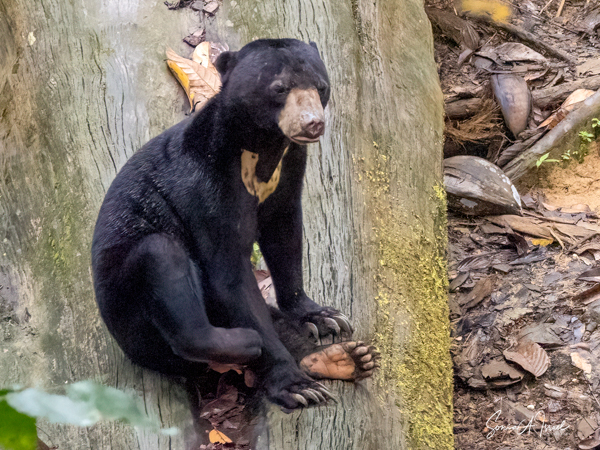
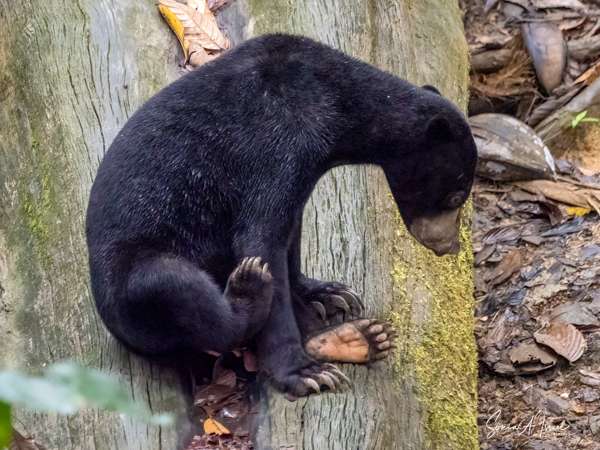
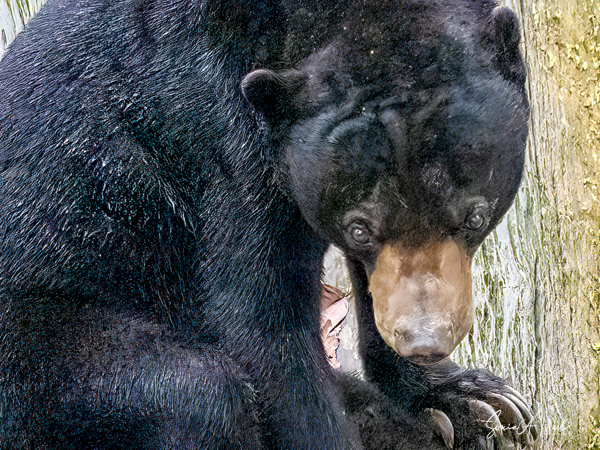
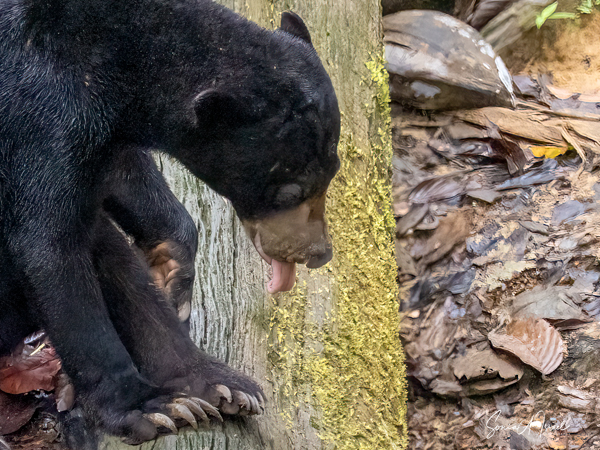
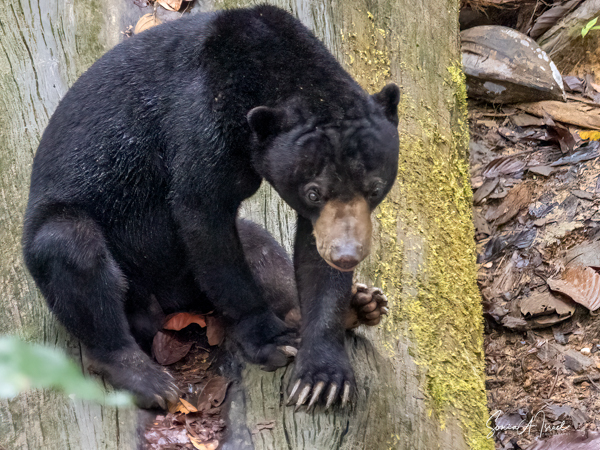
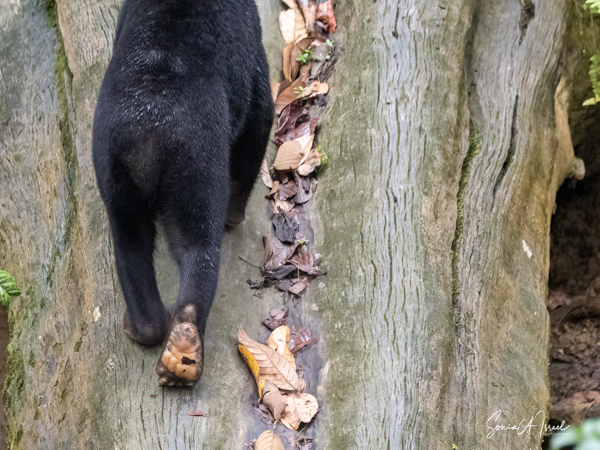
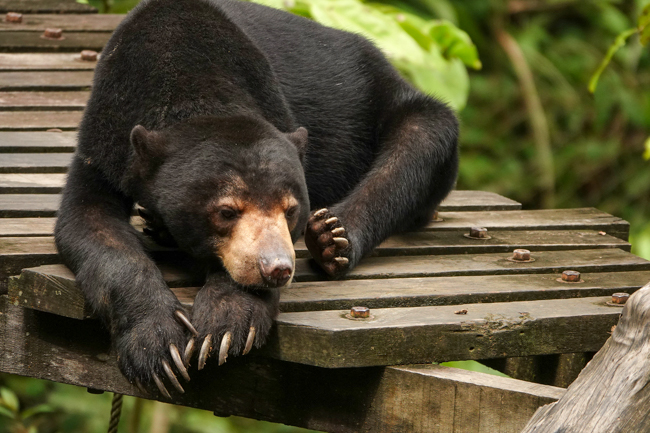
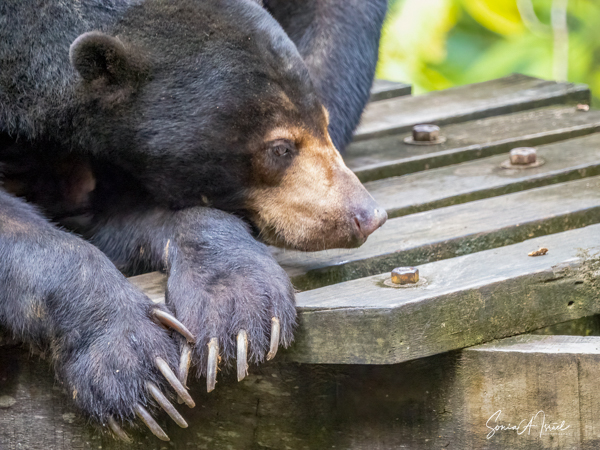
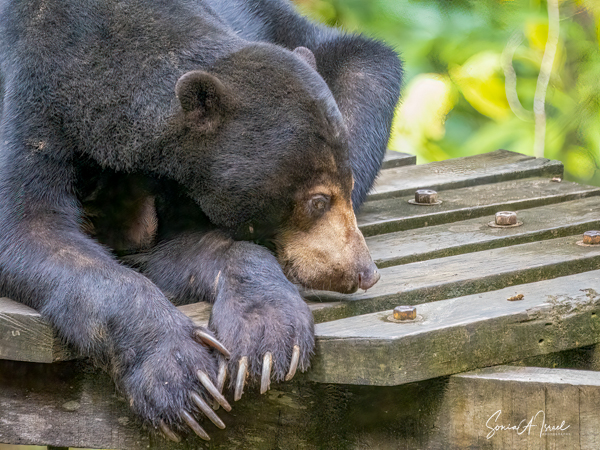
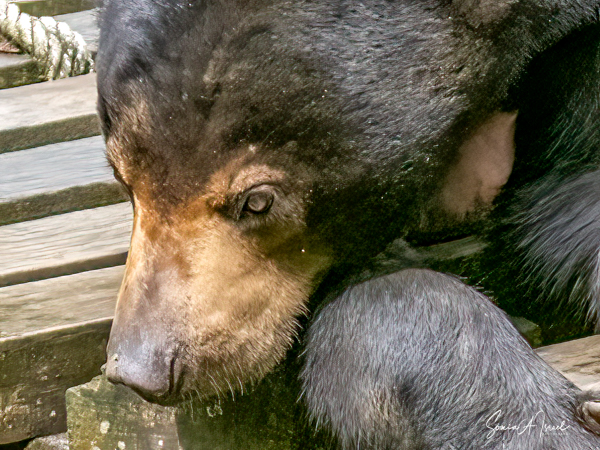
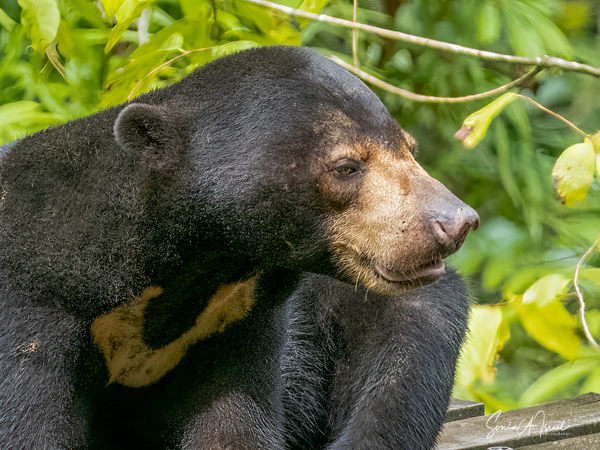
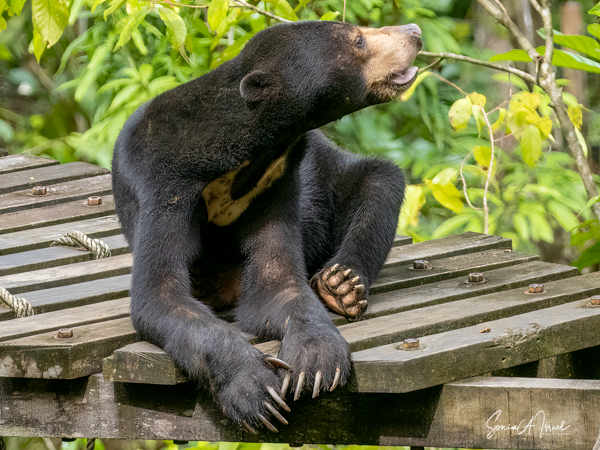
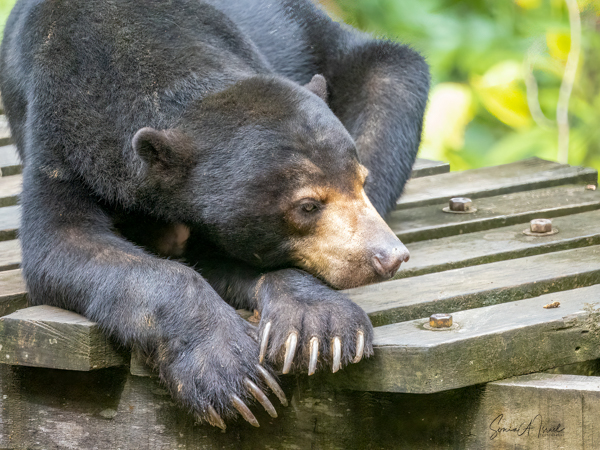
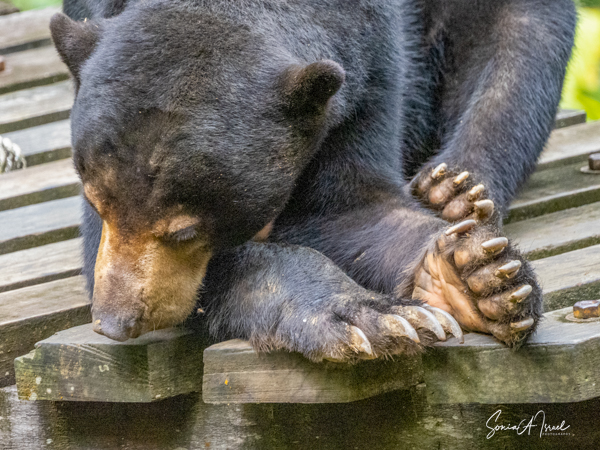
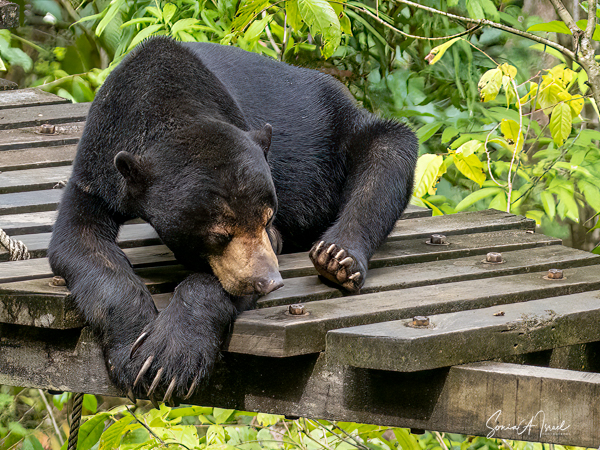
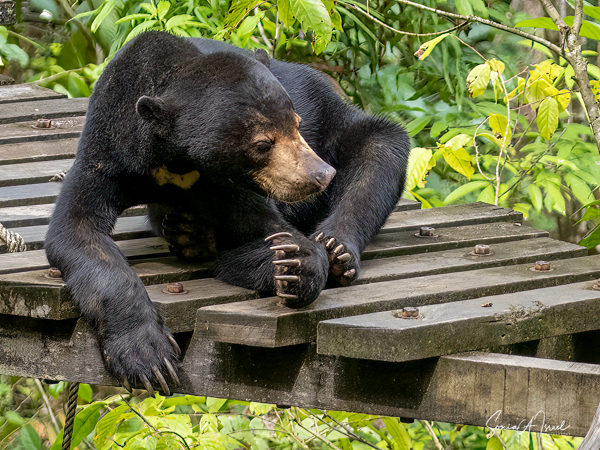
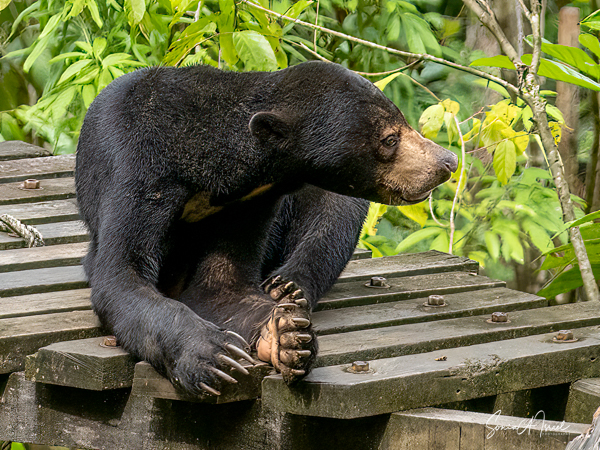
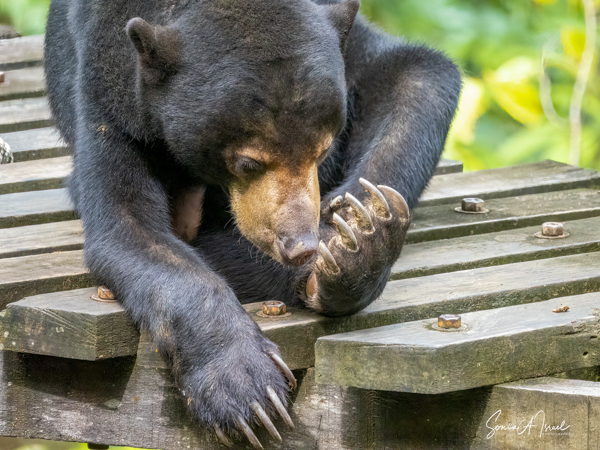
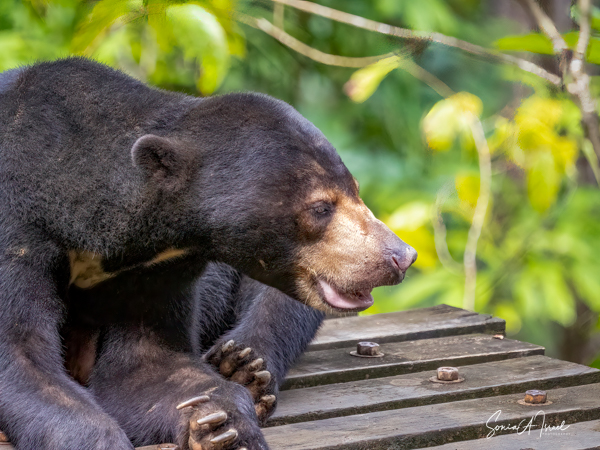
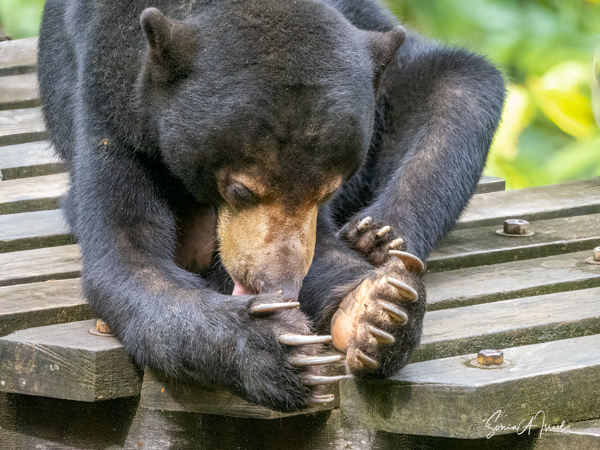
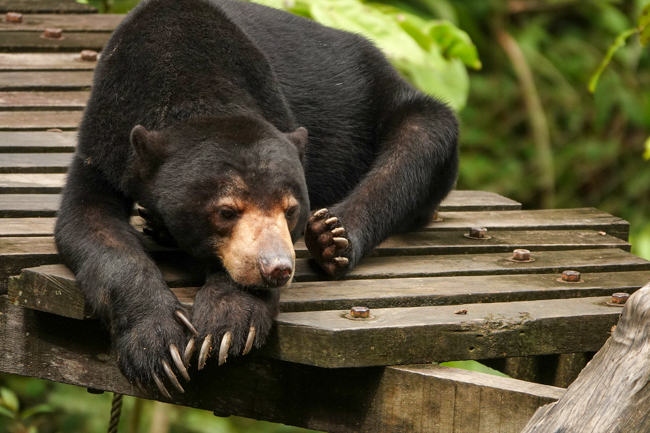
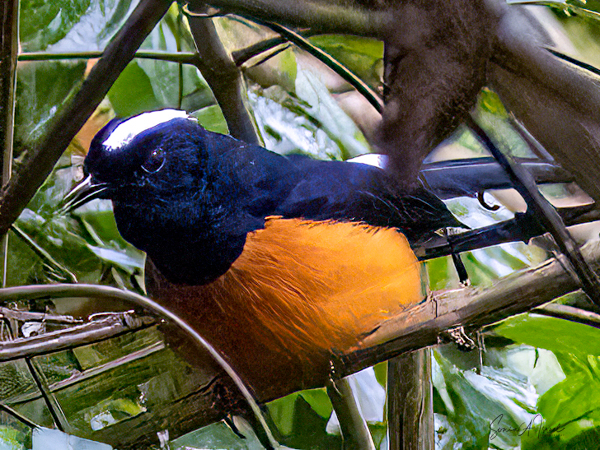
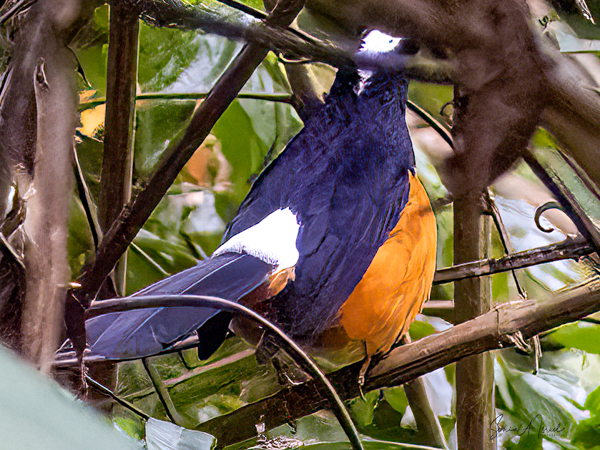
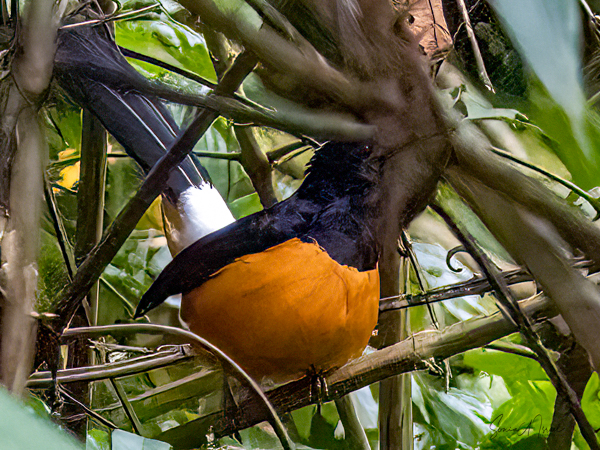
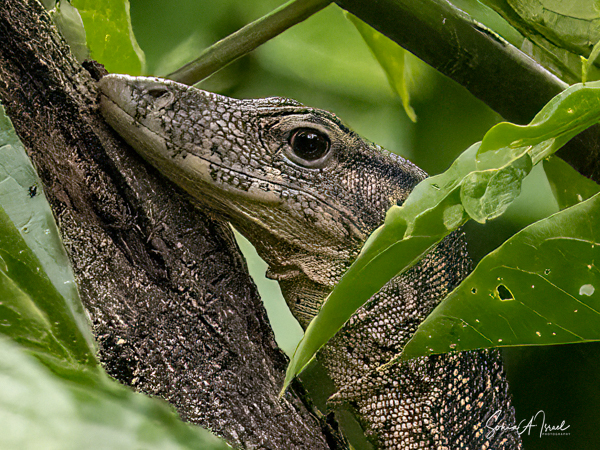
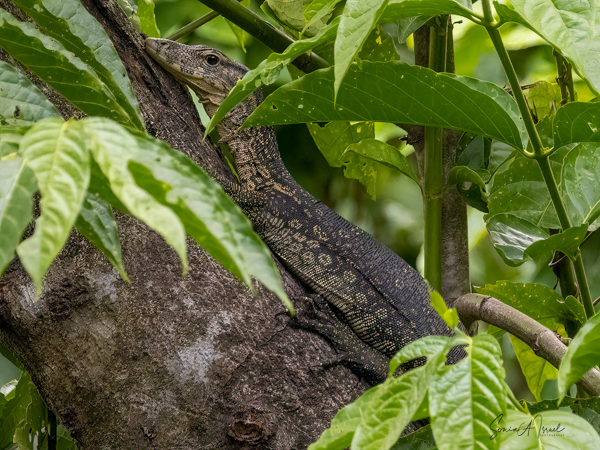
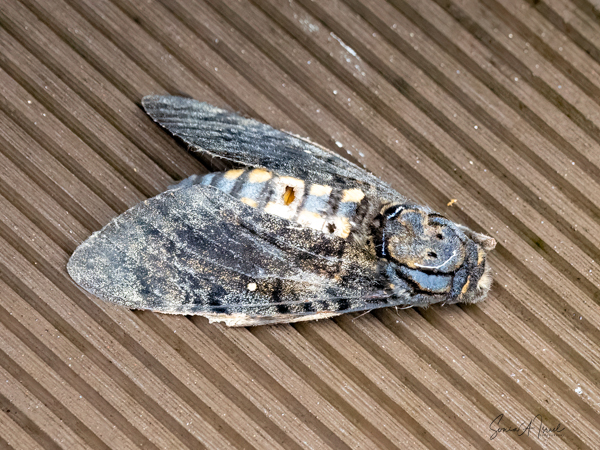
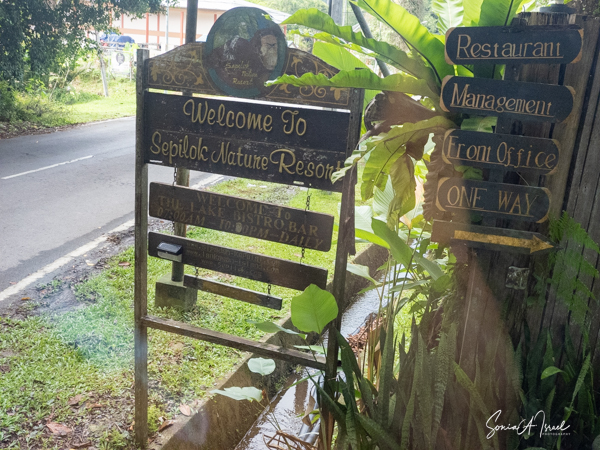
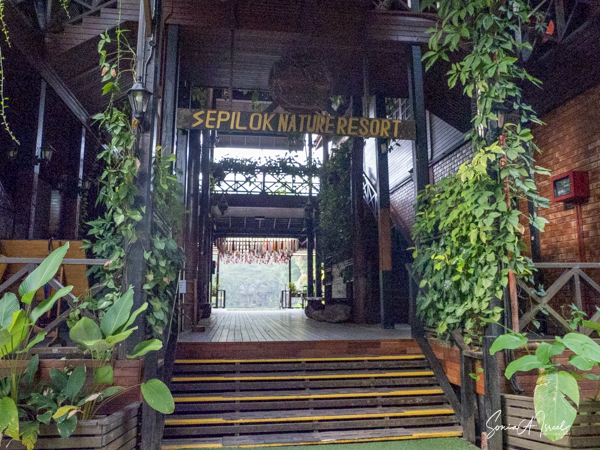
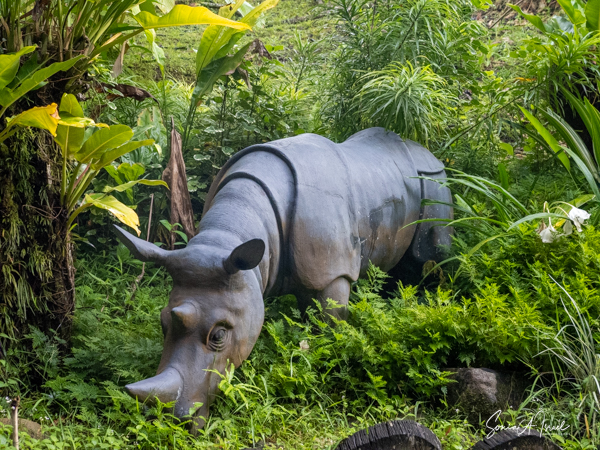
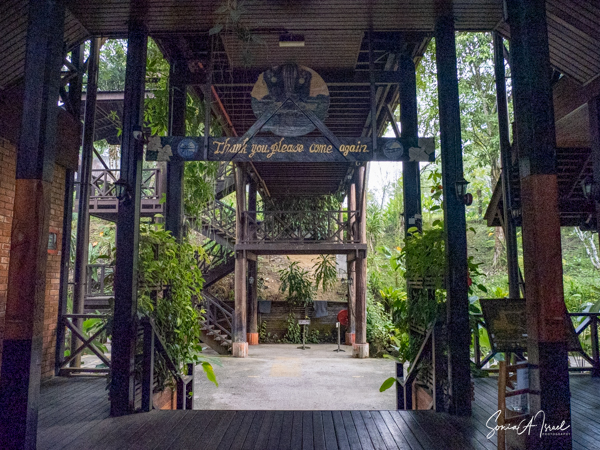
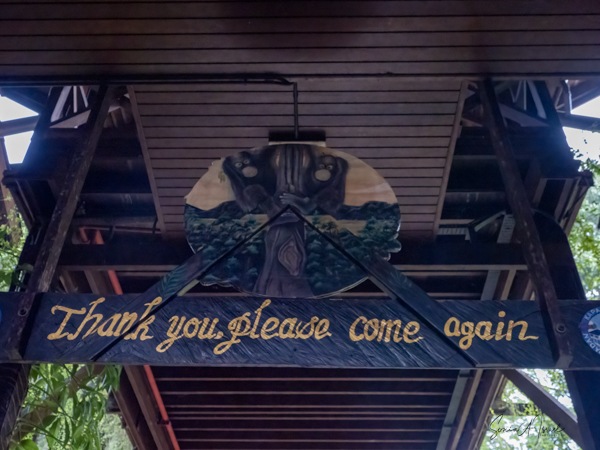
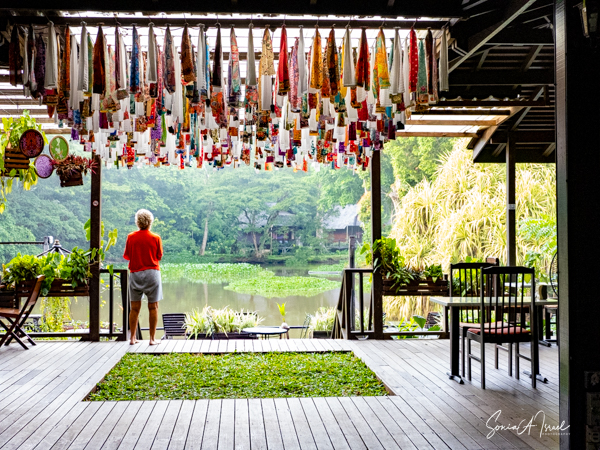
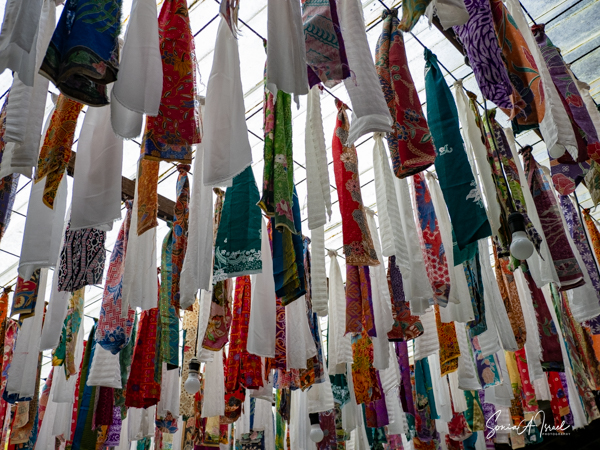
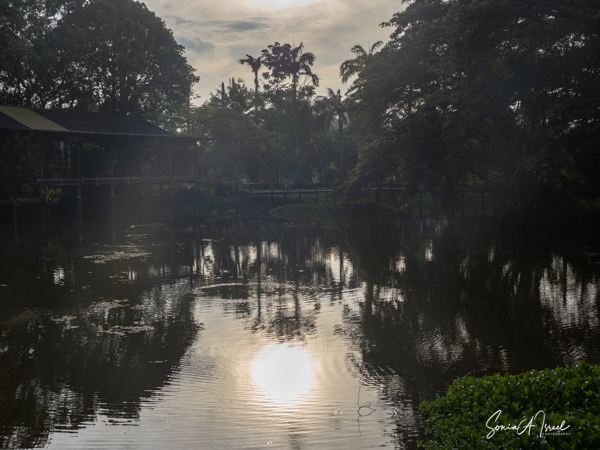
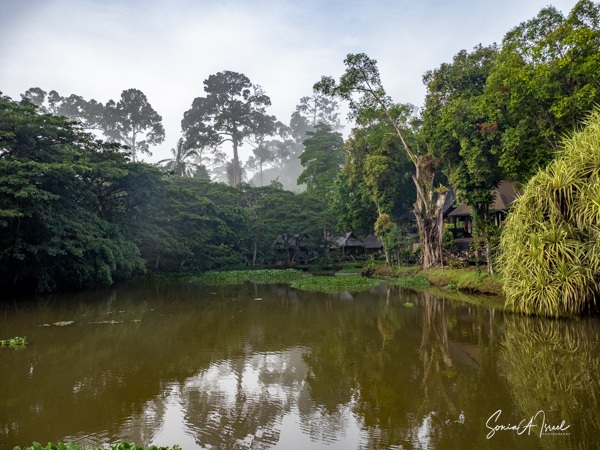
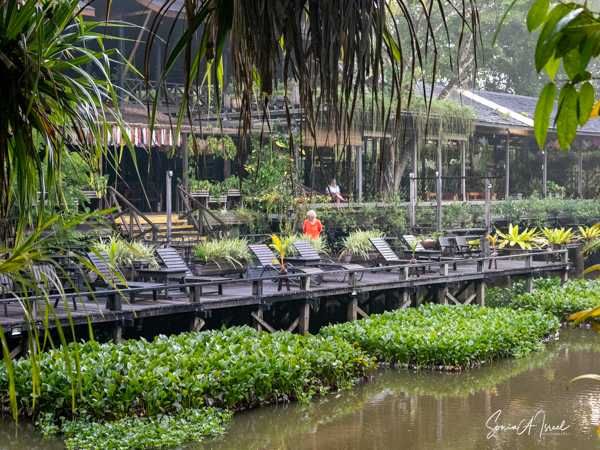
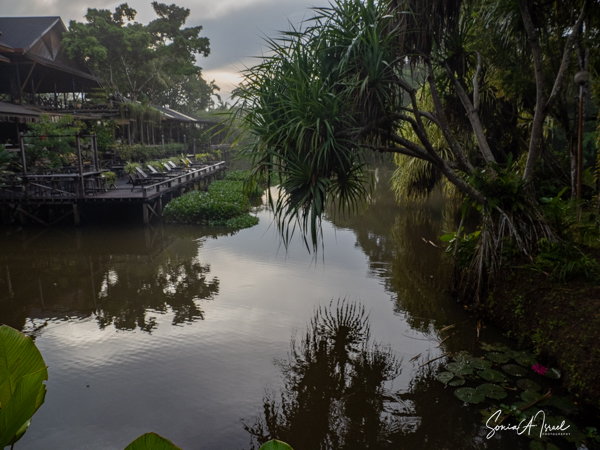
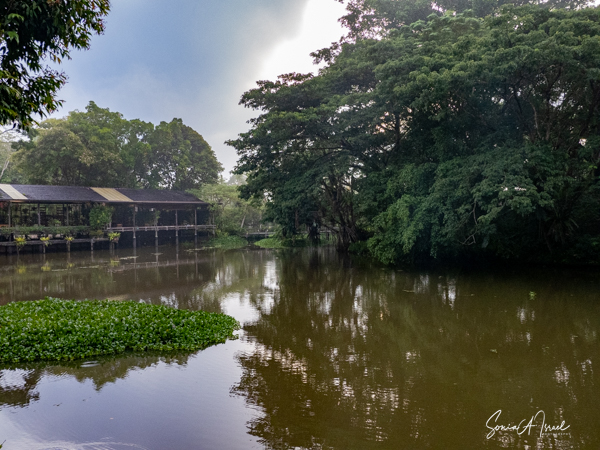
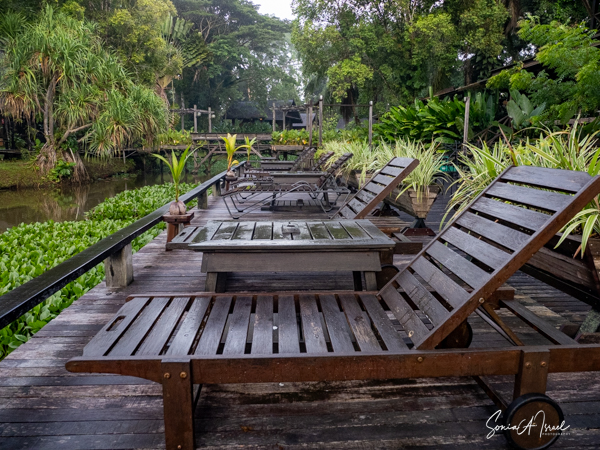
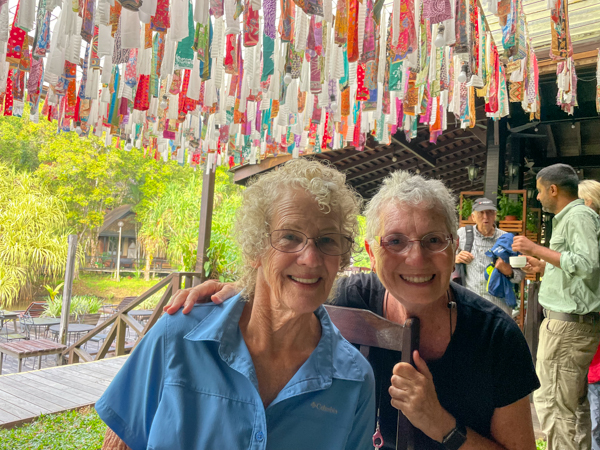
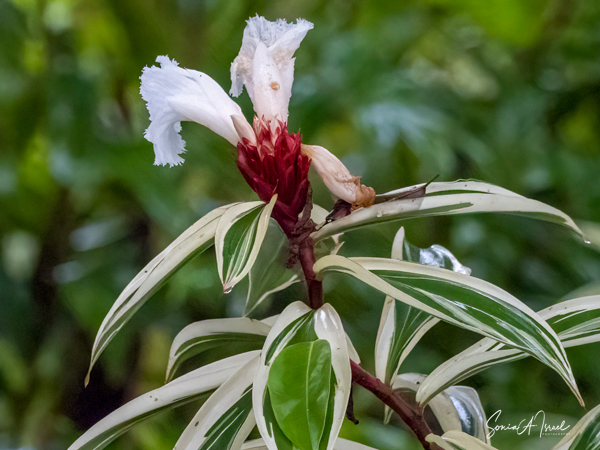
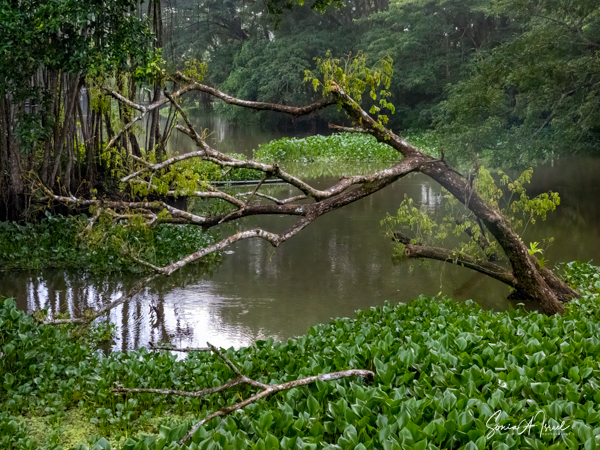
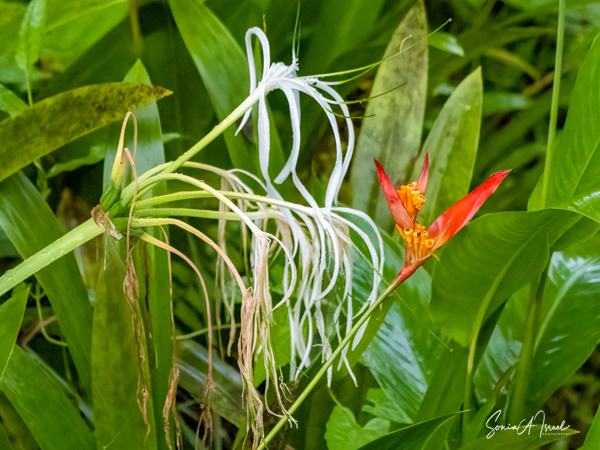
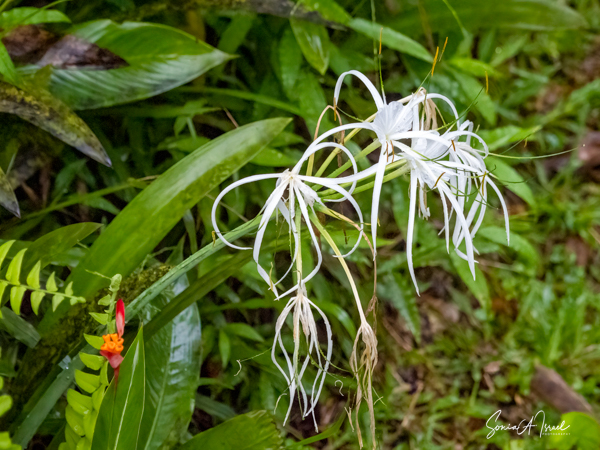
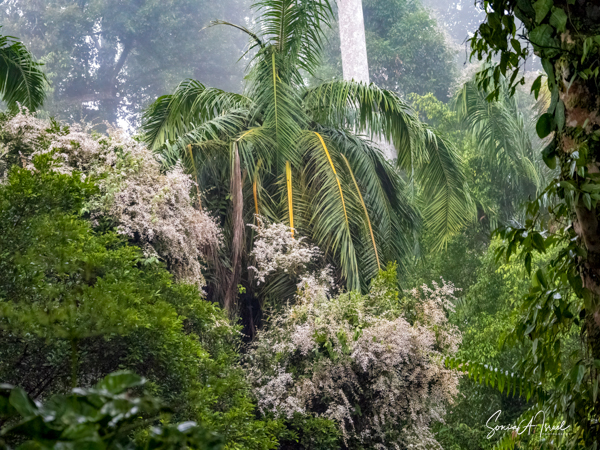
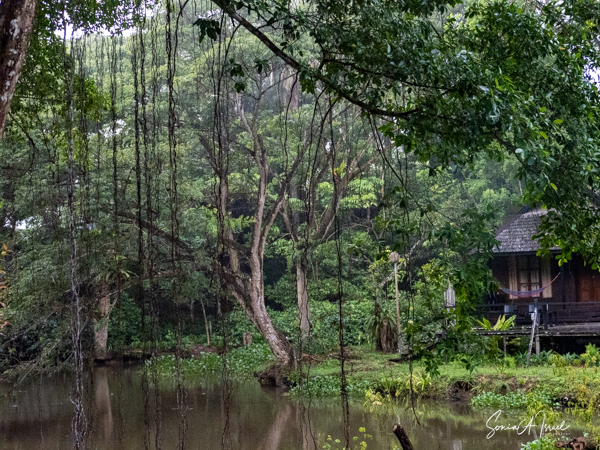
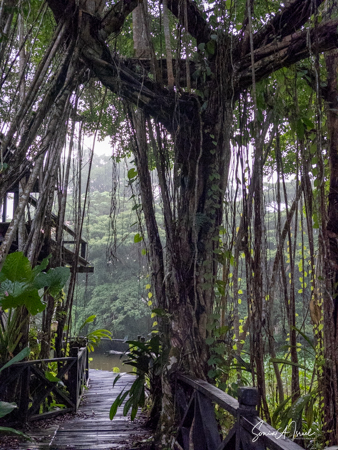
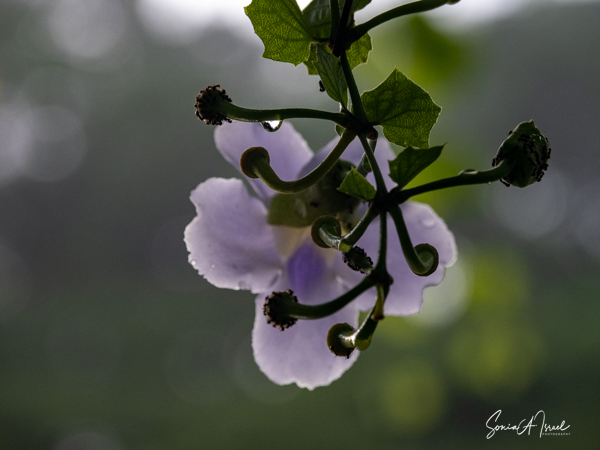
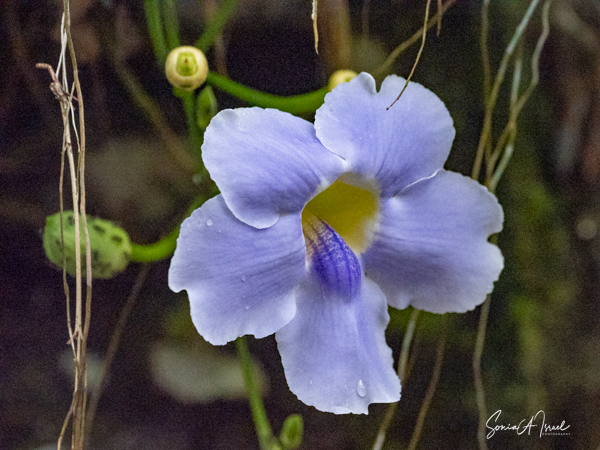
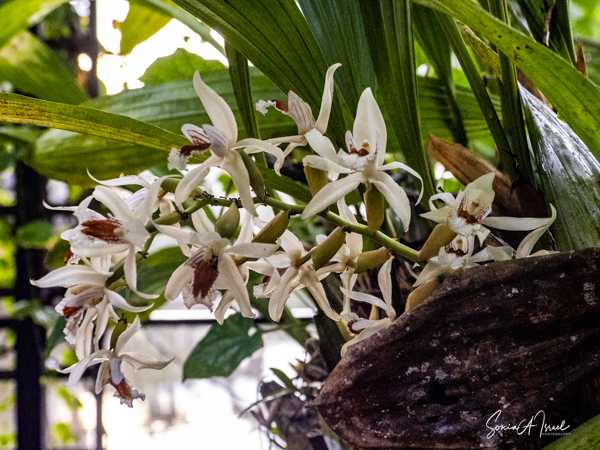
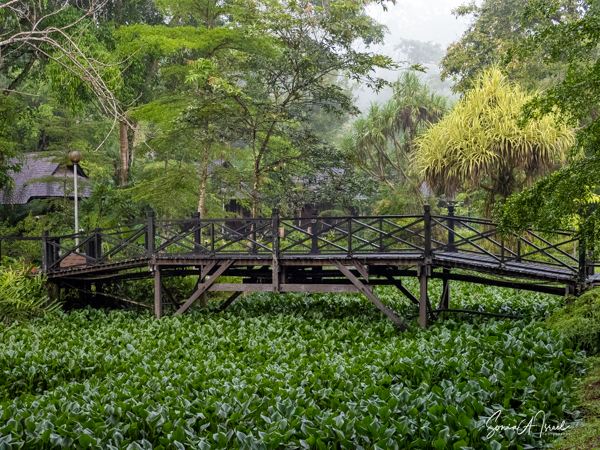
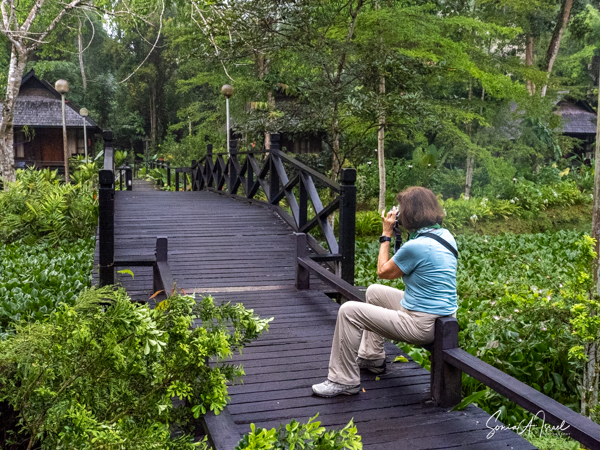
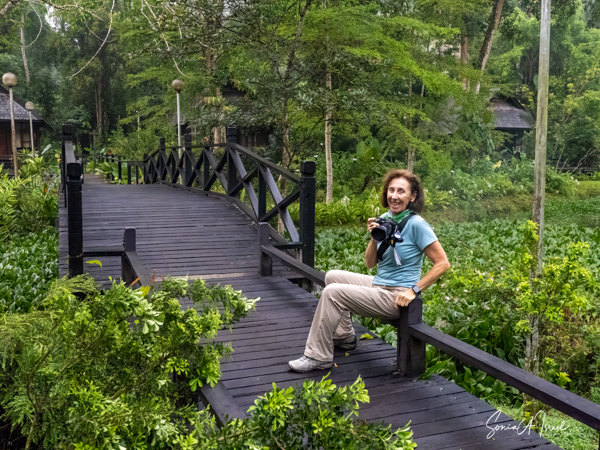
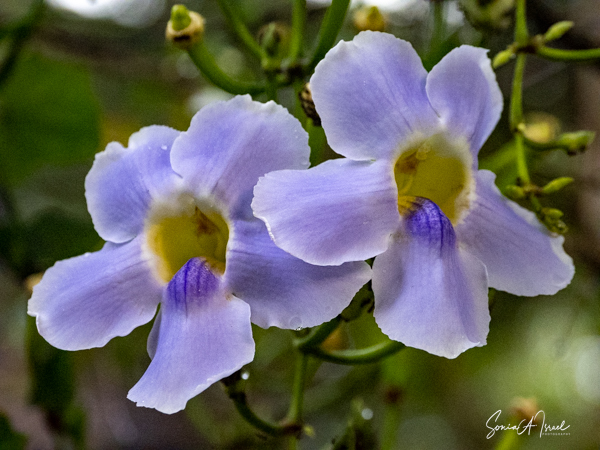
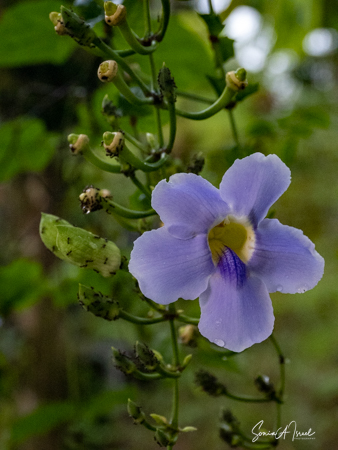
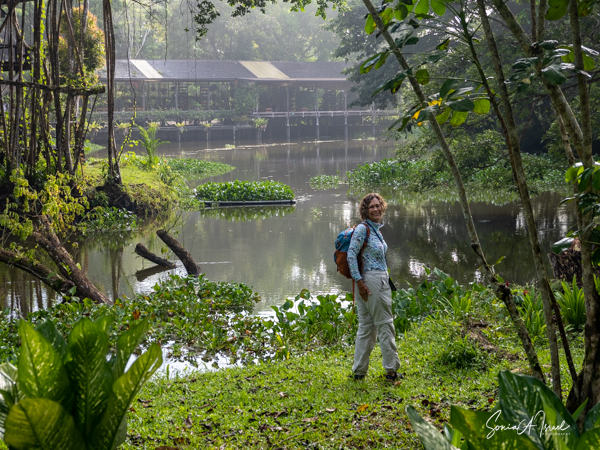
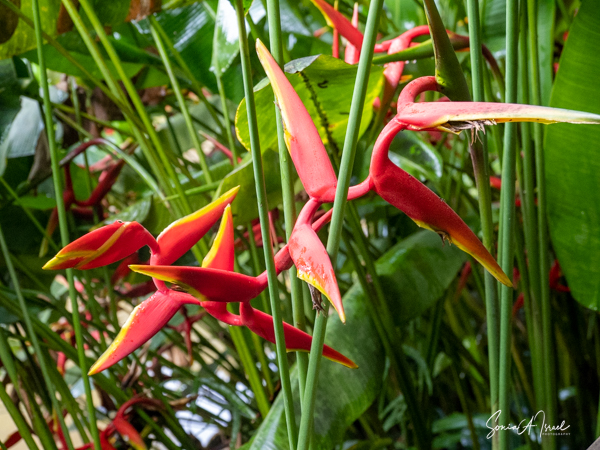
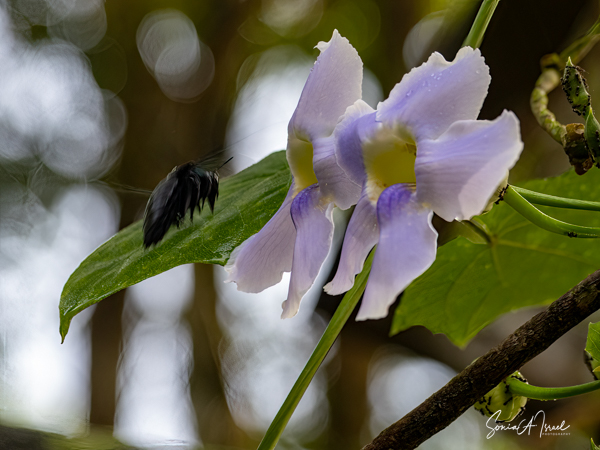
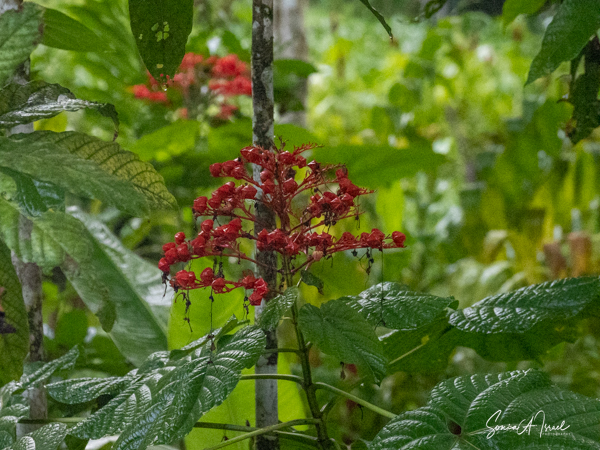
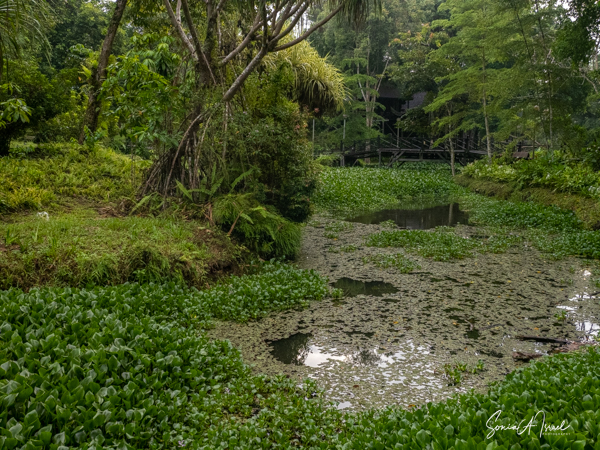
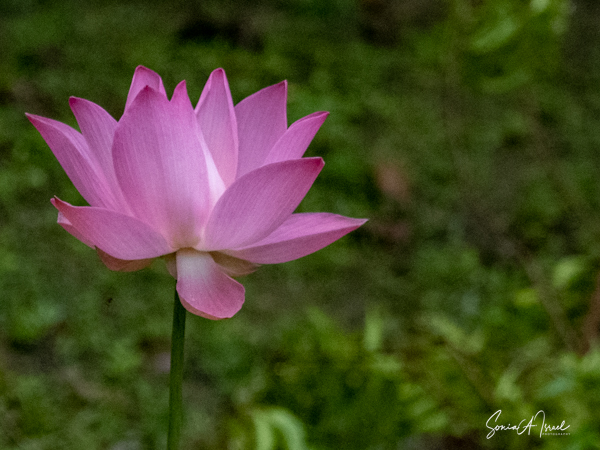
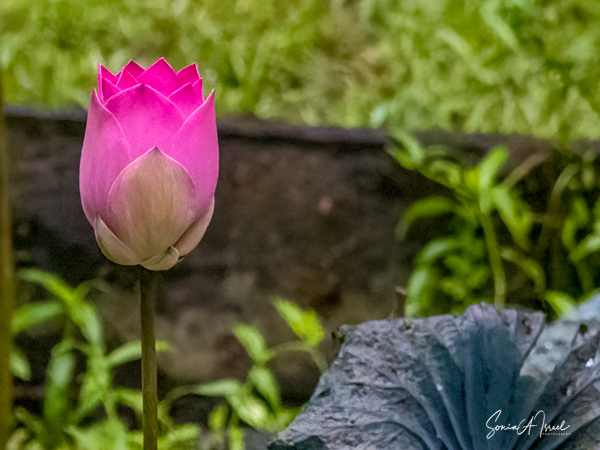
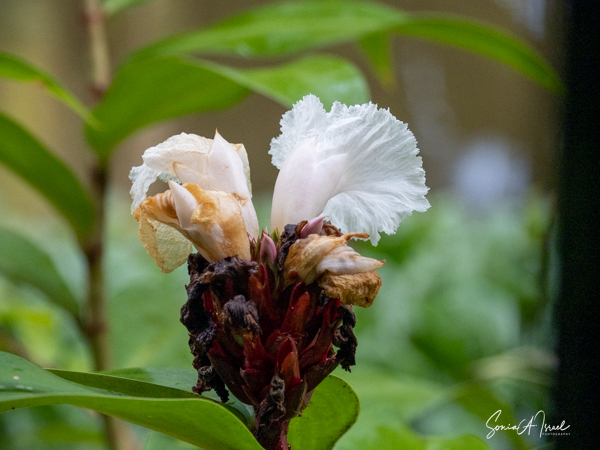
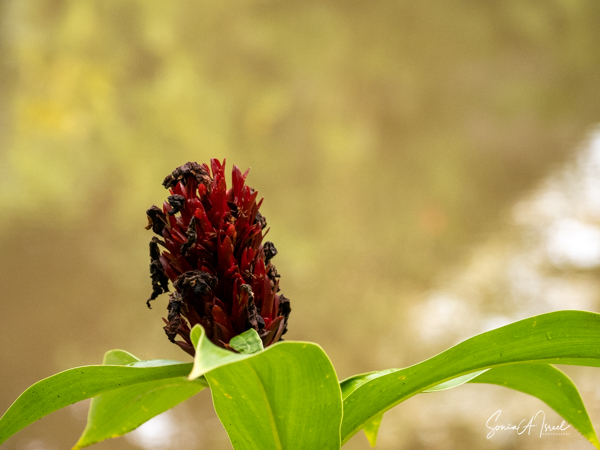
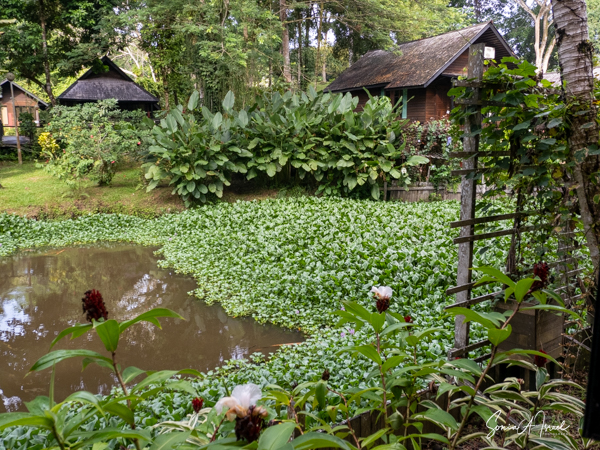
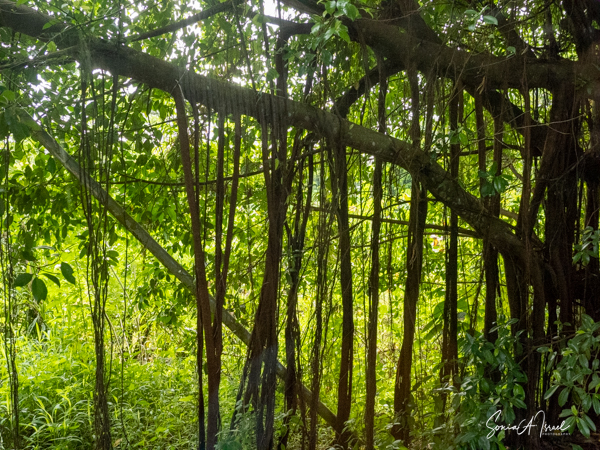
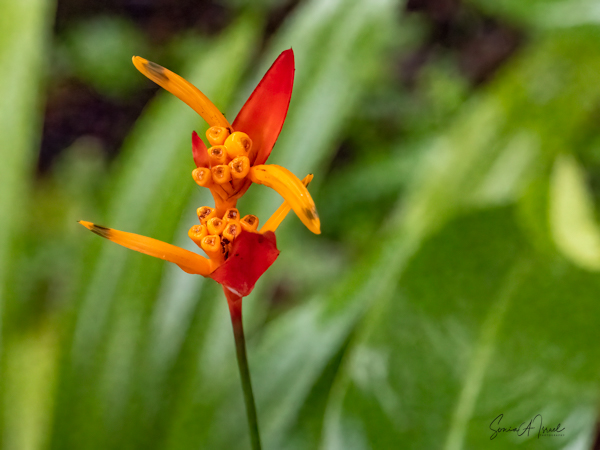
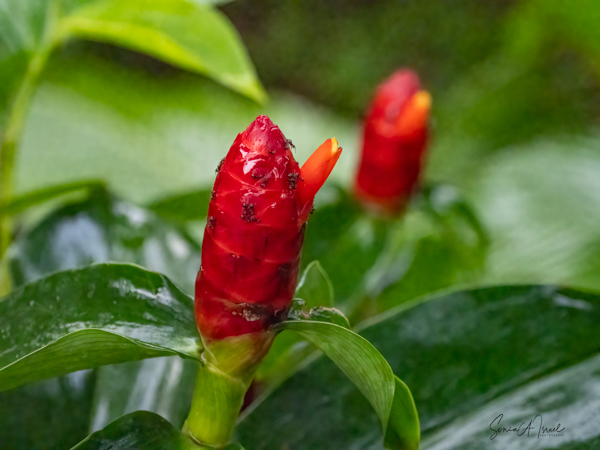
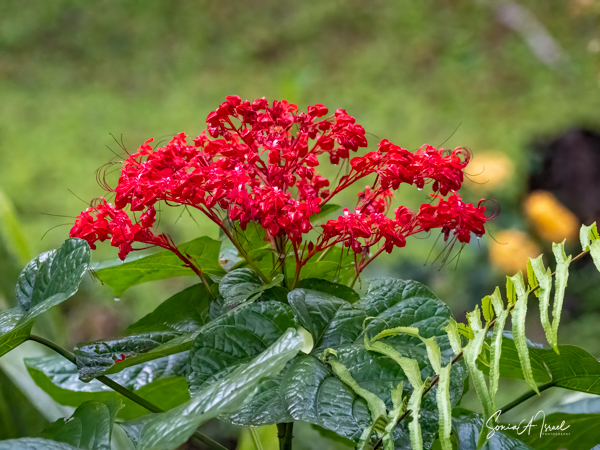
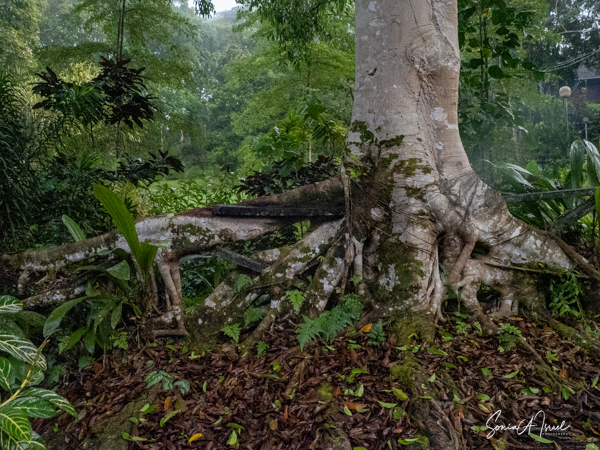
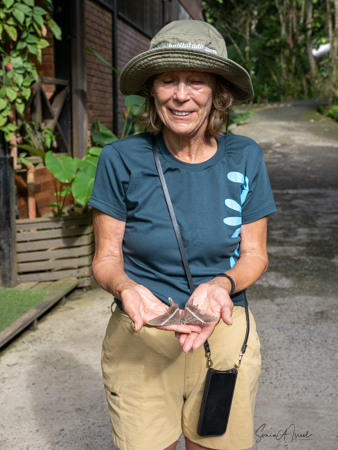
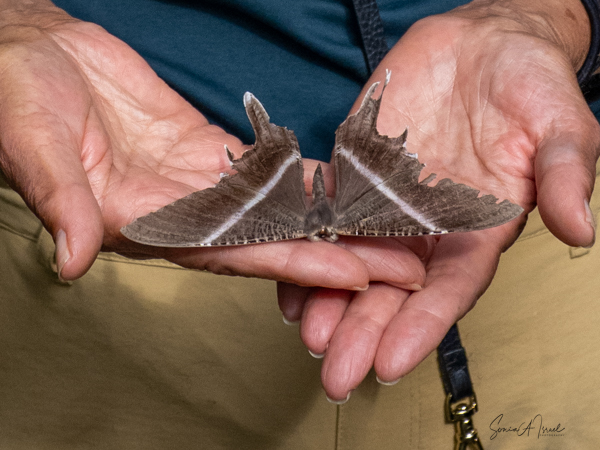
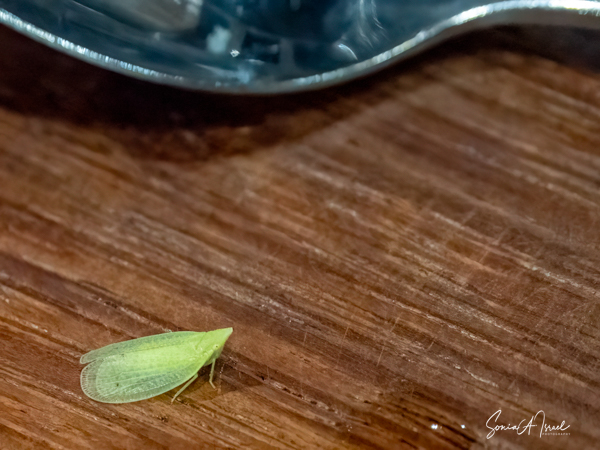
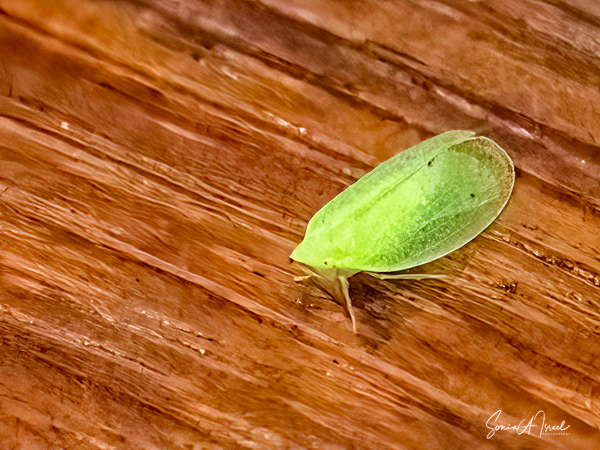
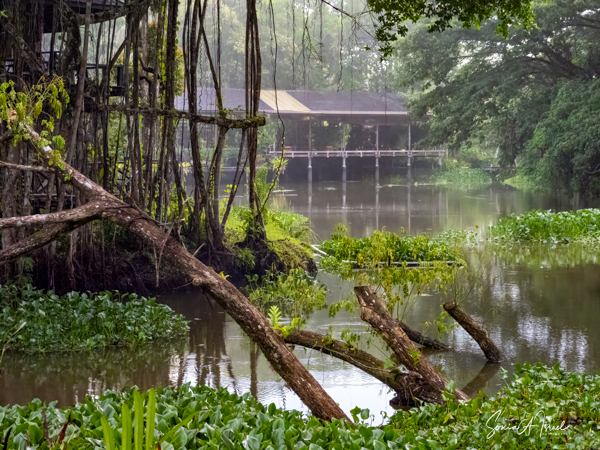
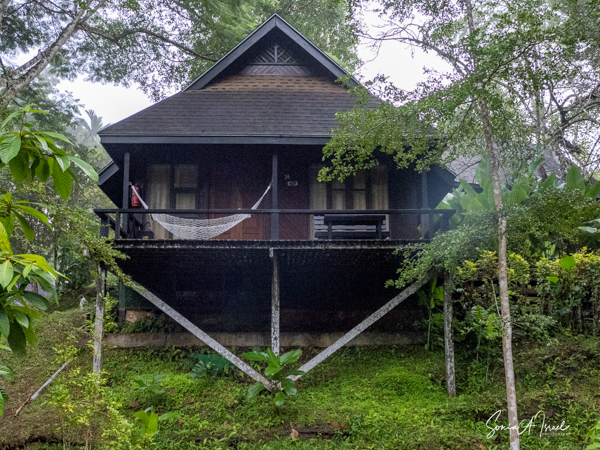
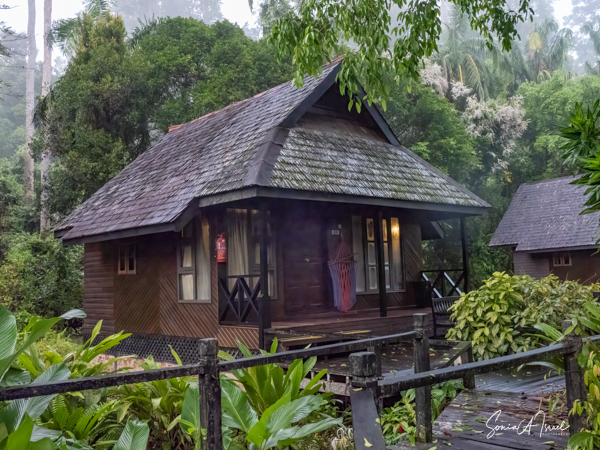
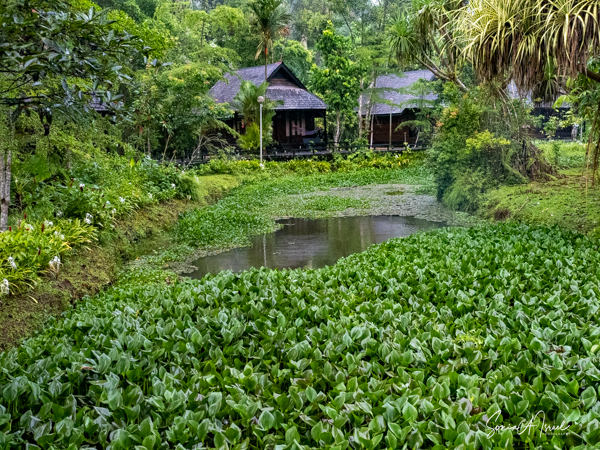
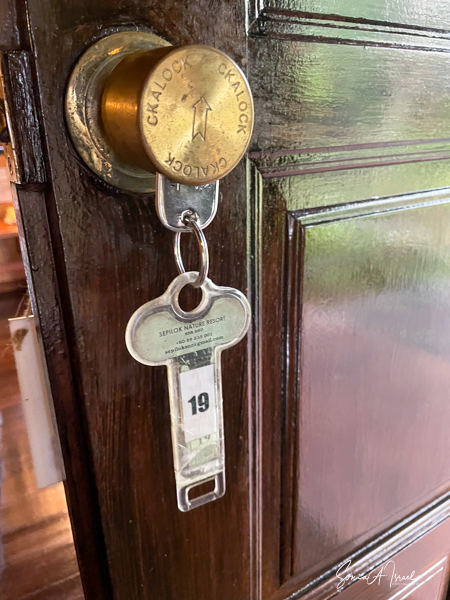
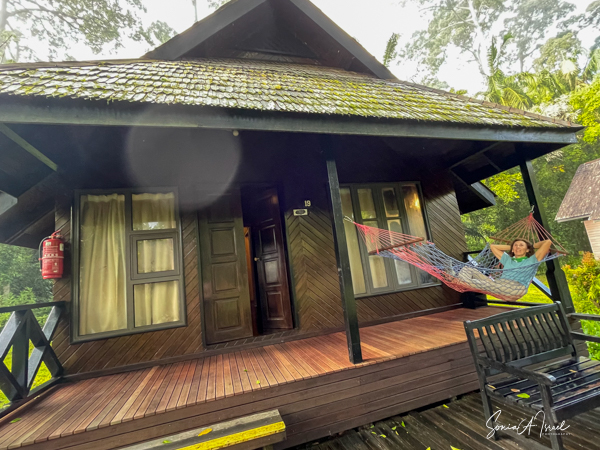
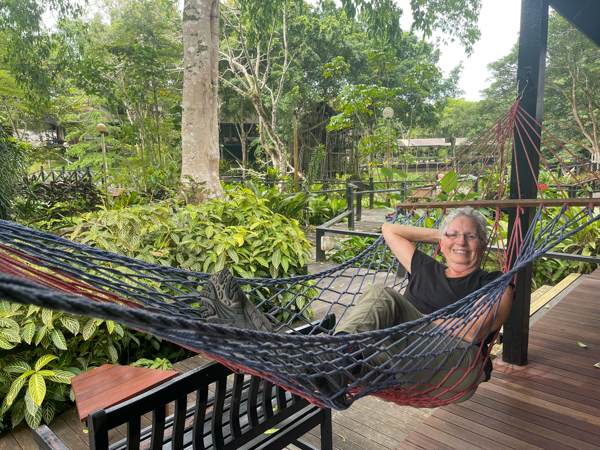
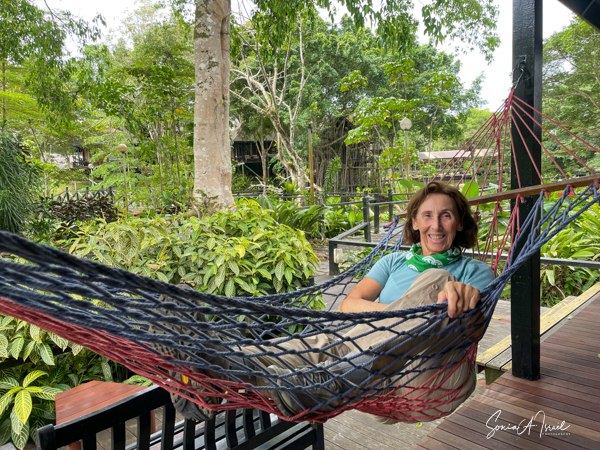
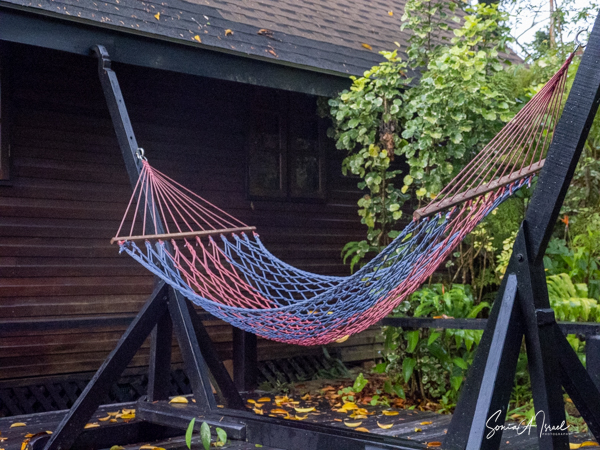
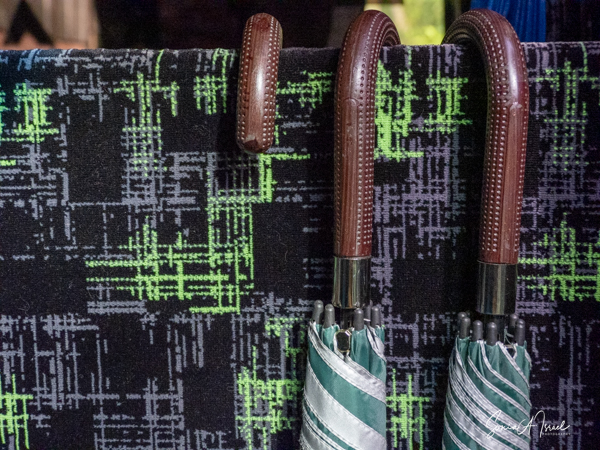
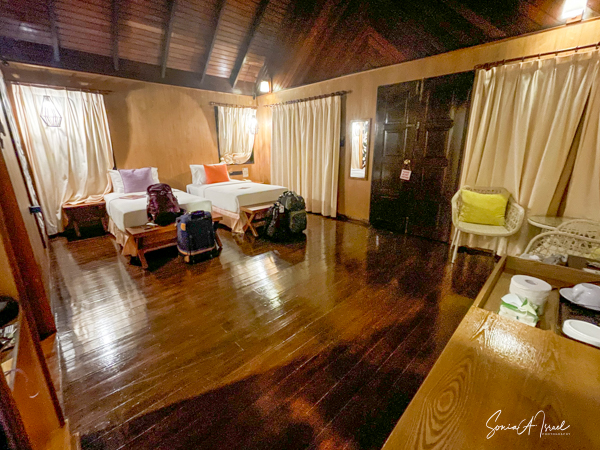
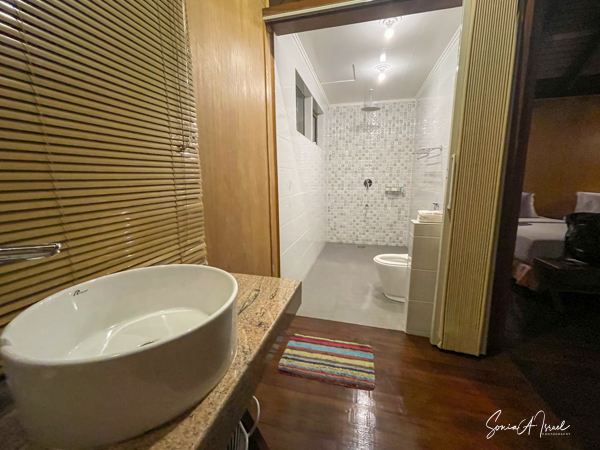
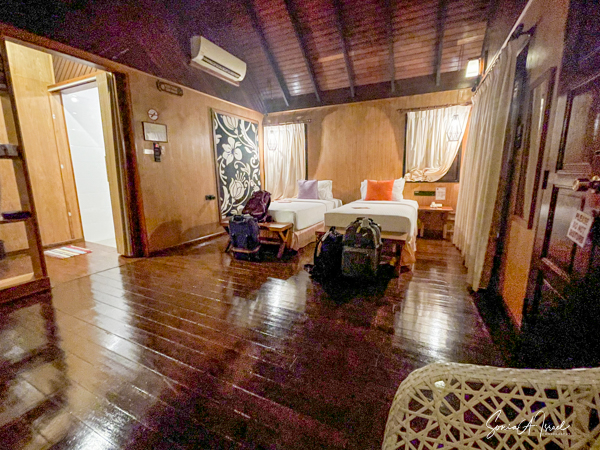
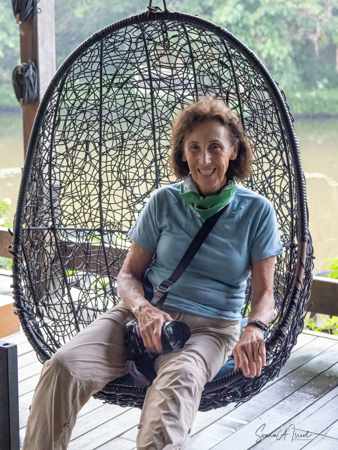
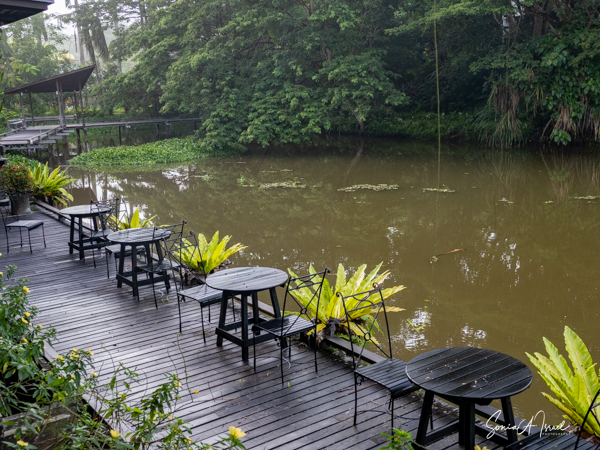
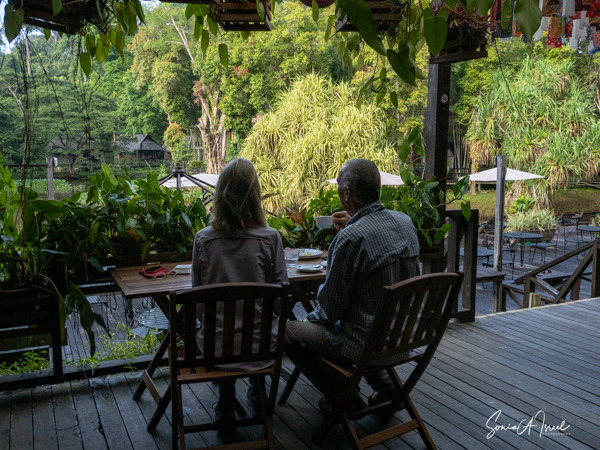
Carlos Schenck
Sonia, what a spectacular post and amazing photos of the sun bears. Their long tongues reminded me of anteater tongues. And the other Nature photos from Borneo were so beautiful and interesting. You were fully immersed in an awe-inspiring environment with good people as your guides.
Also, just today there was a report in Science about new research on hibernating bears. So this has been quite a bear day for me!
All the best,
Carlos
Francine Butler
Loved “traveling” with you,
fb